43 Ways to Increase Traffic to Your Website
You have a website with a good product or service, but no one is finding you online and website traffic remains stubbornly low.
You're not alone in this challenge - 63% of small businesses report that generating consistent website traffic is their biggest digital marketing hurdle.
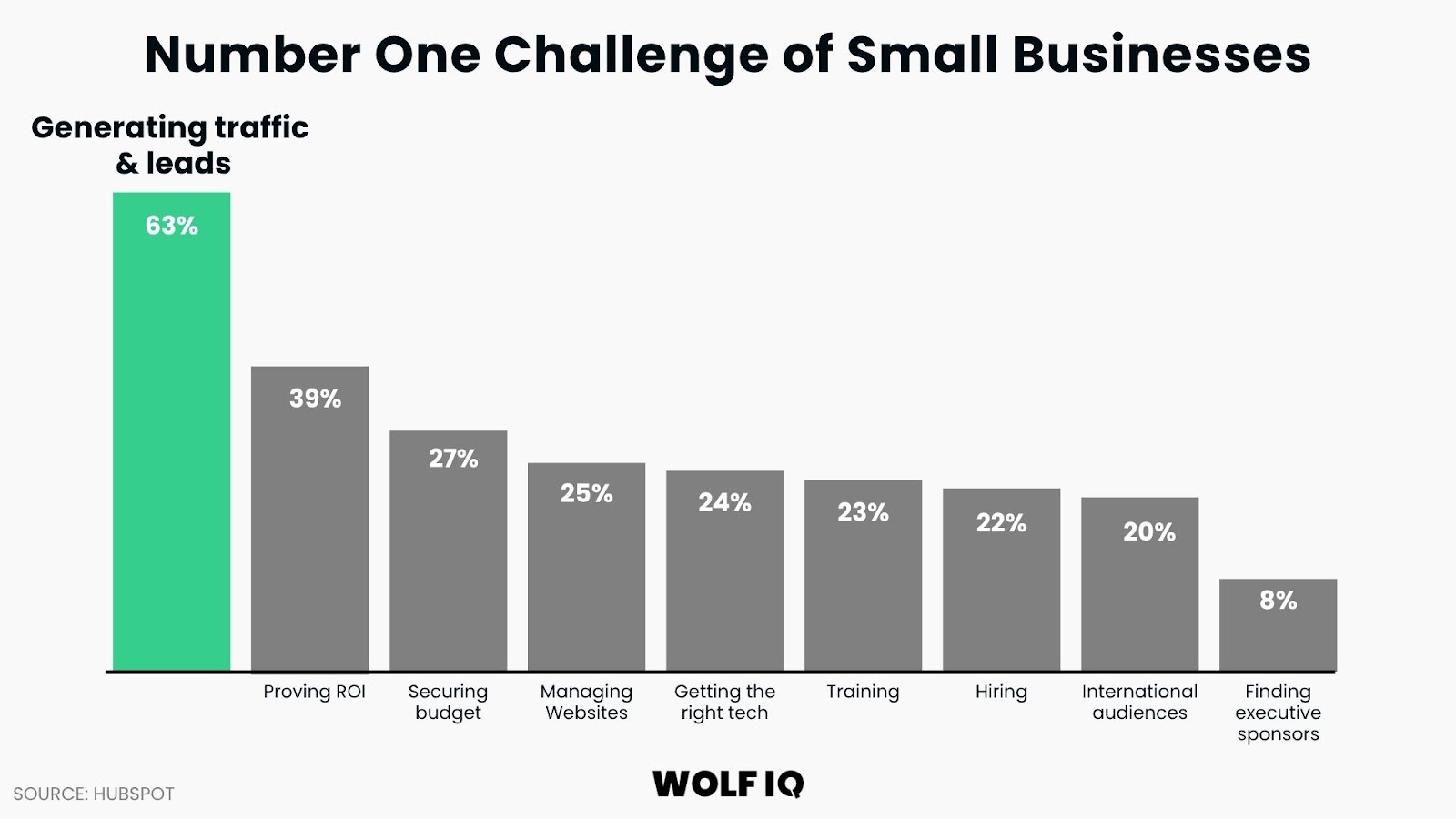
The harsh reality is that simply having a website isn't enough.
With over 2.7 million active businesses across Australia competing for attention, and search engines processing billions of queries daily, your website needs a strategic, multi-faceted approach to stand out and attract qualified visitors who actually convert into customers.
The good news is that driving meaningful traffic to your website doesn't require a massive budget or a team of specialists. You just need some quick knowledge, smart thinking, and consistent execution.
This comprehensive guide presents 43 battle-tested strategies that successful Australian SMBs can use to drive qualified traffic to their websites.
Each strategy is:
- Australian-focused: Local market conditions, consumer behaviour, and regulatory requirements
- SMB-optimised: Recognises resource constraints while maximizing impact
- ROI-driven: Prioritises strategies that deliver measurable results
- Implementation-ready: Provides specific steps, tools, and timelines
- Balanced approach: Combines immediate wins with long-term growth strategies
How to use this guide
Each strategy includes a comprehensive rating system to help you prioritise based on your specific situation.
The strategies are organised into five strategic sections:
- Immediate Wins for quick results
- Content Marketing Mastery for sustainable growth
- SEO & Search Dominance for organic visibility
- Paid & Partnership Strategies for accelerated growth
- Advanced & Emerging Strategies for competitive advantage.
Whether you're just getting online or looking to expand your business, this guide is the roadmap to transform your website into a powerful traffic-generating asset that drives business growth.
Implementation Priority Guide
Start with strategies that match your current stage, resources, and goals. Master 3-5 strategies before adding new ones. Consistency beats perfection every time.
Need Help? If you're overwhelmed, start with just #1, #3, #24 and #43. These four strategies alone can transform your website traffic within 30 days.
Section 1: Immediate Wins
The strategies in this section are designed to start driving traffic within days.
These are your quick wins—the low-hanging fruit that every Australian SMB should tackle first. While they may not transform your traffic overnight, they provide the foundation for all other strategies.
1. Optimise Your Google Business Profile
What it is: Your Google Business Profile (formerly Google My Business) is your digital storefront in local search results, appearing when potential customers search for businesses like yours in their area.
Why it works: Google processes over 8.5 billion searches daily, with 46% of all searches having local intent.
For Australian businesses, local search is particularly powerful because consumers often prefer supporting local businesses, especially post-COVID.
According to BrightLocal’s Google My Business Insights Study, Australian businesses receive more average monthly website clicks (36) and calls (18) from their Google Business Profile than their US, UK, or Canadian counterparts.
Wolf IQ manages local SEO for dozens of service businesses across Australia. We've found that the most overlooked GBP element is the service area configuration—getting this right can significantly improve visibility for ‘near me’ and suburb-based searches.
With 84% of customer searches being discovery-based (where users search for services rather than specific business names), an optimised Google Business Profile can dramatically increase your visibility in local search results.
How to implement:
- Step 1: Claim and verify your Google Business Profile at business.google.com
- Step 2: Complete every section: business name, address, phone, website, hours, categories, and description
- Step 3: Add high-quality photos of your business, products, team, and location (minimum 10 photos)
- Step 4: Encourage and respond to customer reviews promptly and professionally
- Step 5: Post regular updates, offers, and news to keep your profile active
Tools you'll need: Google Business Profile dashboard, smartphone camera for photos, review management system for collecting reviews.
Pro tip: Use Google Posts to share weekly updates, special offers, or business news. These posts appear in your Business Profile and can include call-to-action buttons that drive traffic directly to specific pages on your website.
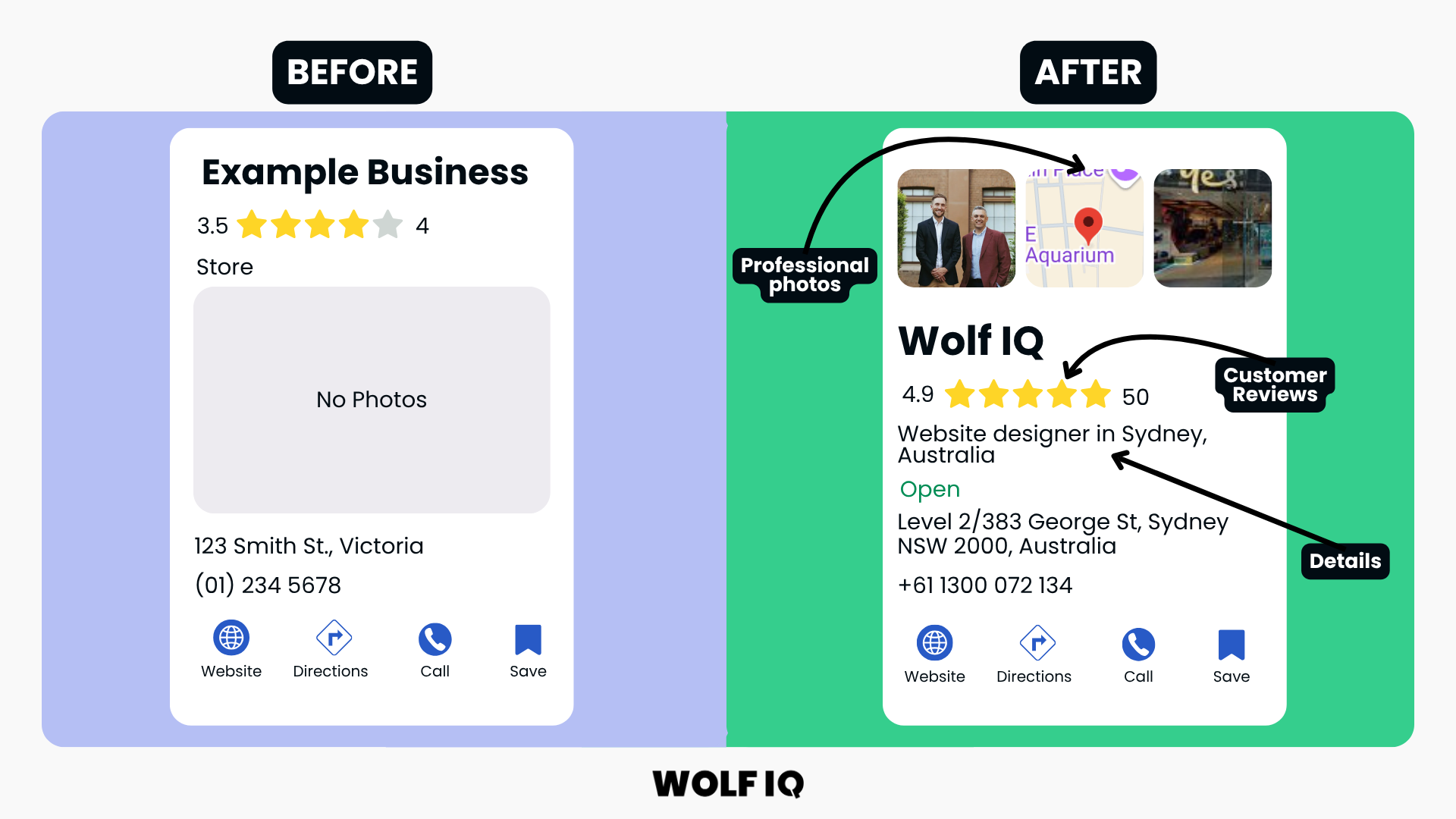
2. Improve Headlines To Stand Out in Search
What it is: Strategic headline optimisation involves crafting compelling, search-friendly titles that both attract clicks from search results and encourage social sharing.
Why it works: Headlines are the first thing potential visitors see in search results, social media feeds, and email inboxes. A study by Concept Allies shows that effective headlines can increase traffic by up to 500%.
In the Australian market, headlines that incorporate local terminology, cultural references, or address specific Australian concerns tend to perform significantly better than generic alternatives.
How to implement:
- Step 1: Research high-performing headlines in your industry using tools like BuzzSumo or AnswerThePublic
- Step 2: Incorporate power words that resonate with Australian audiences: "Aussie," "local," "trusted," "proven," "essential"
- Step 3: Include your target keyword within the first 60 characters for optimal search visibility
- Step 4: Create emotional hooks that address specific pain points or desires
- Step 5: Test different headline variations using A/B testing tools
Tools you'll need: Headline analyzer tools (CoSchedule, Sharethrough), keyword research tools, A/B testing platform.
Pro tip: Create multiple headline variations for each piece of content and test them across different channels. What works on LinkedIn might not work on Facebook, and what works in Sydney might not resonate in Perth.
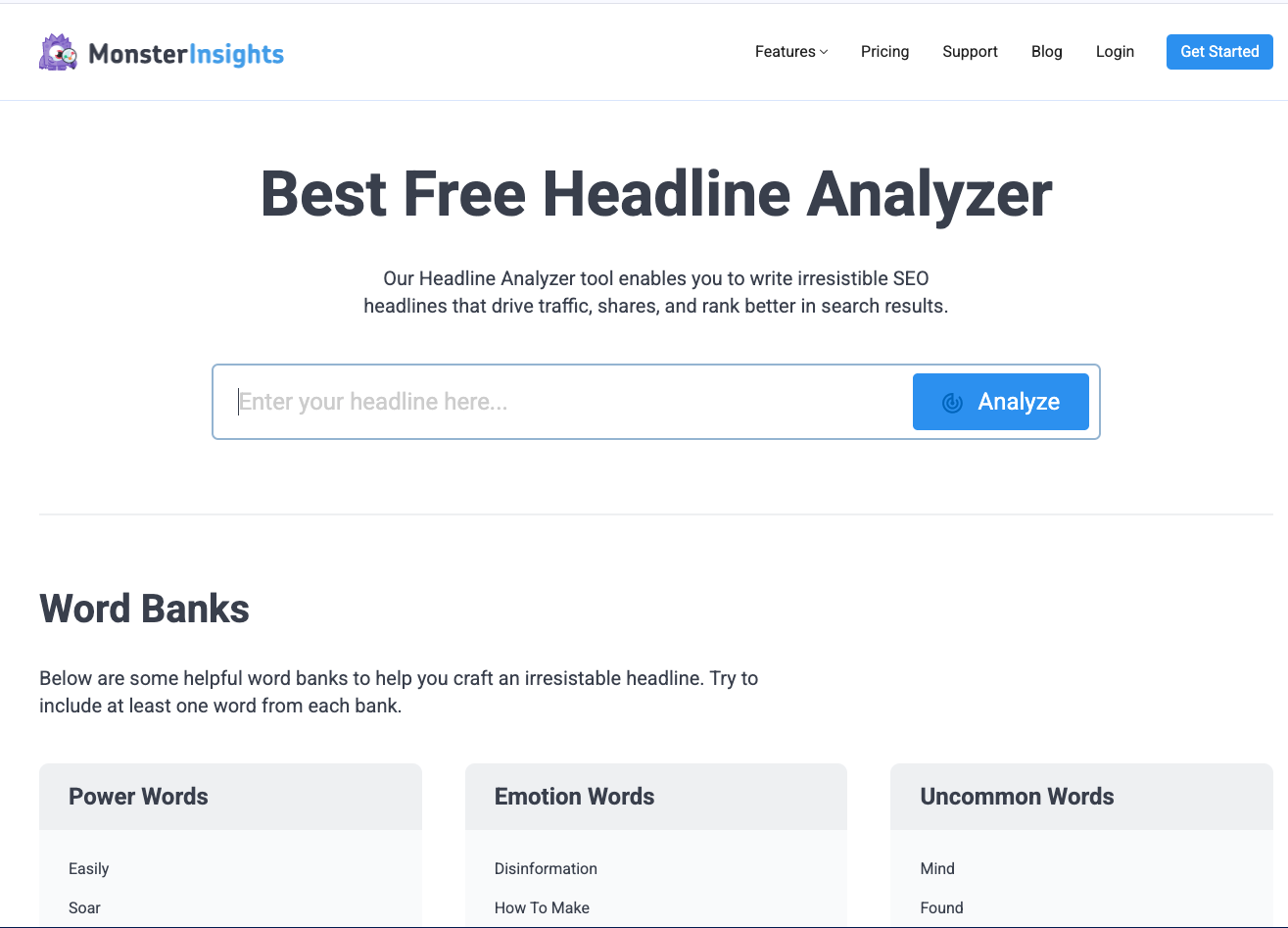
3. Fix Your Website Speed
What it is: Website speed optimisation involves reducing page load times through technical improvements, image optimisation, and server configuration adjustments.
Why it works: Page speed is a critical ranking factor for Google and directly impacts user experience. Australian internet infrastructure, while improving, still faces unique challenges with distance from major data centers and varying connection speeds across urban and rural areas.
According to Google’s Milliseconds Make Millions report, even a 0.1 second improvement in mobile site speed led to an 8.4% increase in retail conversions and 9.2% higher average order value - proving that speed directly affects user action and business outcomes. A slow website not only frustrates users but also costs conversions.
How to implement:
- Step 1: Test your current speed using Google PageSpeed Insights
- Step 2: Optimise images by compressing and converting to modern formats (WebP)
- Step 3: Enable browser caching and implement a Content Delivery Network (CDN)
- Step 4: Minimise HTTP requests by combining CSS and JavaScript files
- Step 5: Choose an Australian-based hosting provider or CDN with local servers
Tools you'll need: Google PageSpeed Insights, GTmetrix, image compression tools (TinyPNG), CDN service (Cloudflare), Australian hosting provider.
Pro tip: Focus on mobile speed optimisation first, as 63.7% of Australian web traffic comes from mobile devices. Consider implementing Accelerated Mobile Pages (AMP) for content-heavy sites.
At Wolf IQ, we use Google PageSpeed Insights to regularly audit our clients’ website performance, with a particular focus on mobile.
We highlight key opportunities for improvement in speed, accessibility, and SEO - then follow through with targeted fixes, such as optimising assets, improving load order, and configuring servers.
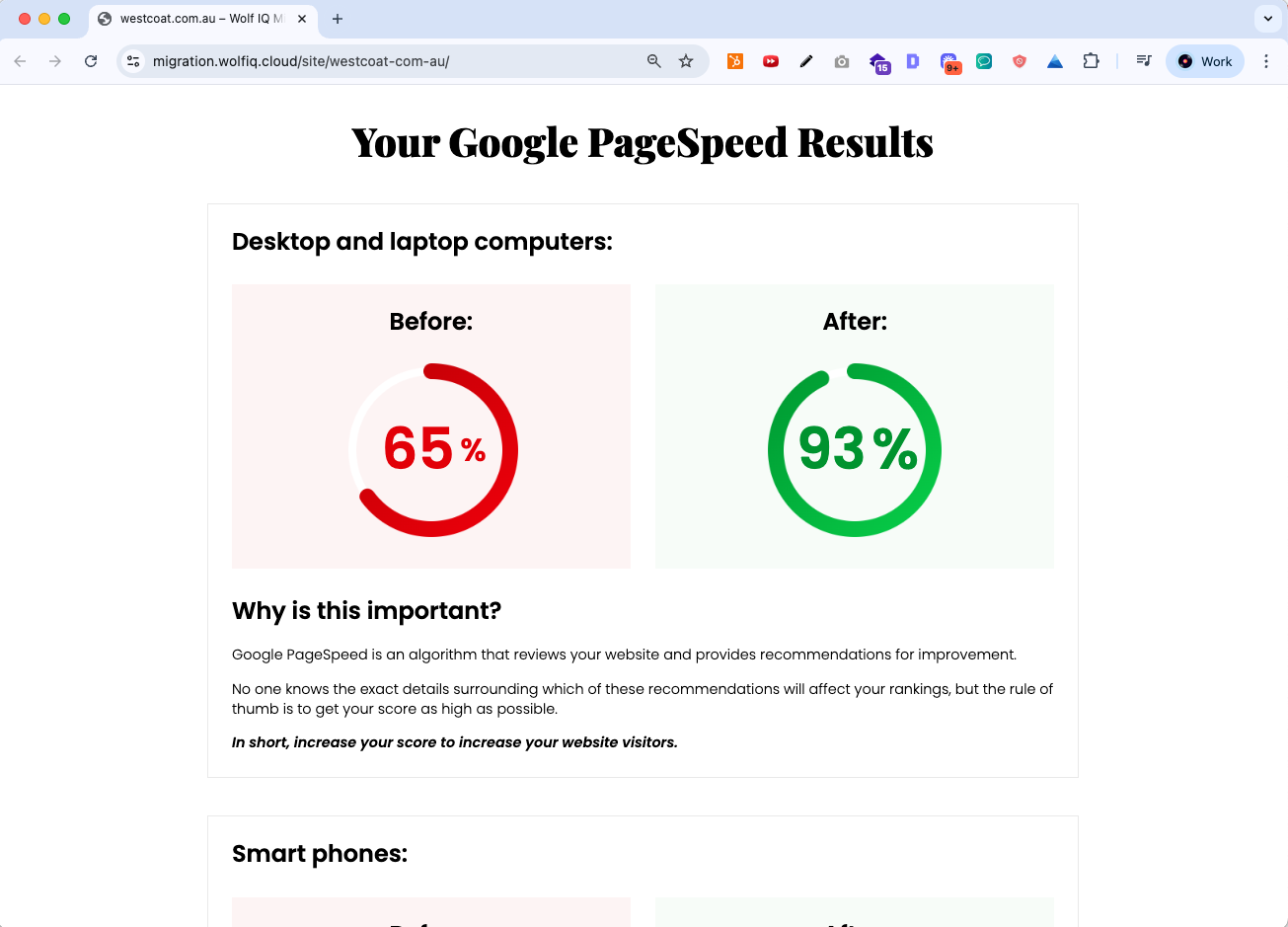
4. Optimise Your Website To Be Mobile-First
What it is: Mobile-first optimisation ensures your website provides an exceptional user experience on smartphones and tablets, with fast loading, easy navigation, and touch-friendly interfaces.
Why it works: Australia has one of the highest smartphone penetration rates globally, with 91% of Australians owning a smartphone and 63% of web traffic coming from mobile devices. Google uses mobile-first indexing, meaning it primarily uses the mobile version of your site for ranking and indexing. Poor mobile experience directly impacts both search rankings and user engagement.
How to implement:
- Step 1: Test your site's mobile-friendliness using Google's Mobile-Friendly Test
- Step 2: Implement responsive design that adapts to all screen sizes
- Step 3: Optimise touch elements with minimum 44px tap targets
- Step 4: Simplify navigation with collapsible menus and clear call-to-action buttons
- Step 5: Ensure forms are mobile-optimised with appropriate input types and auto-fill capabilities
Tools you'll need: Google Mobile-Friendly Test, responsive design framework, mobile testing tools, heat mapping software.
Pro tip: Pay special attention to local mobile search behaviors. Australian users frequently search for "near me" queries while mobile, so ensure your location information is prominently displayed and easily accessible.
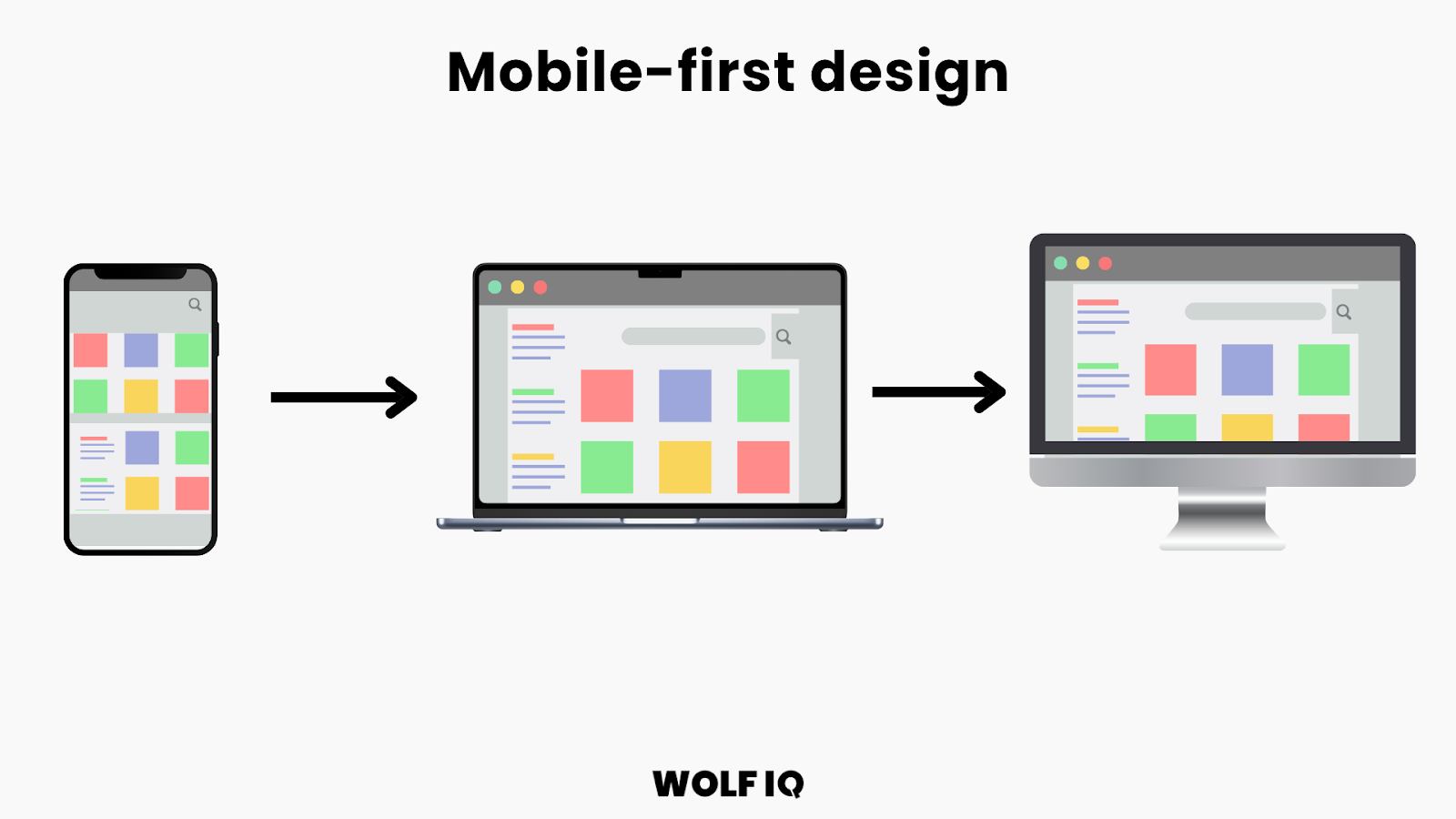
5. Create Location-Specific Pages
What it is: Location-specific landing pages are dedicated web pages optimised for particular geographic areas, featuring local keywords, content, and information relevant to that specific market.
Why it works: According to LocalDigital, local search intent is incredibly strong in Australia, with consumers often including city or suburb names in their searches. Location-specific landing pages allow you to capture this intent while providing highly relevant content that addresses local needs, regulations, or preferences. These pages can improve local search rankings and provide better user experiences for visitors from specific areas.
How to implement:
- Step 1: Research local keywords for each target location using tools like Google Keyword Planner
- Step 2: Create unique, valuable content for each location (avoid duplicate content)
- Step 3: Include local landmarks, events, and community references
- Step 4: Add location-specific testimonials and case studies
- Step 5: Optimise meta titles and descriptions with local keywords
Tools you'll need: Keyword research tools, content management system, local market research, Google Analytics for tracking
Pro tip: Include local business directories, community events, and regional news relevant to each location. This not only improves SEO but demonstrates genuine local knowledge and commitment.
In our location-based campaigns, we apply a standard template: localised H1s, suburb-specific proof points, service explanations with schema markup, and a direct CTA. This structure consistently drives high local rankings and conversions.
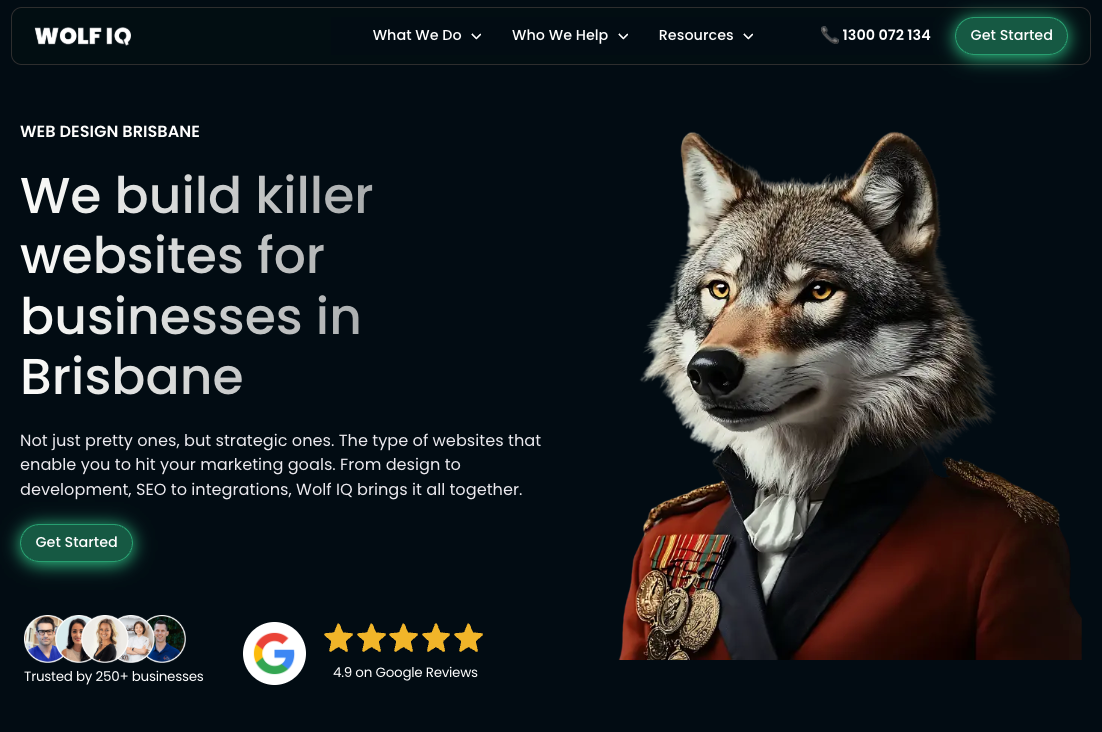
6. Implement Basic On-Page SEO
What it is: On-page SEO involves optimizing individual web pages to rank higher in search engines through strategic use of keywords, meta tags, headers, and content structure.
Why it works: On-page SEO provides search engines with clear signals about your content's relevance and quality. Proper implementation can significantly improve your visibility in Australian search results, especially for long-tail keywords where competition is lower. Well-optimised pages also provide better user experiences, leading to longer visit durations and higher conversion rates.
How to implement:
- Step 1: Conduct keyword research focusing on Australian search terms and phrases
- Step 2: Optimise title tags (under 60 characters) with primary keywords
- Step 3: Write compelling meta descriptions (under 160 characters) that encourage clicks
- Step 4: Use header tags (H1, H2, H3) to structure content logically
- Step 5: Include keywords naturally throughout content while maintaining readability
Tools you'll need: Keyword research tools (Google Keyword Planner, Ubersuggest), SEO plugins (Yoast, Rank Math), Google Search Console
Pro tip: Focus on search intent rather than just keywords. Australian searchers often use different phrases than international users, so research local search patterns and optimise accordingly.
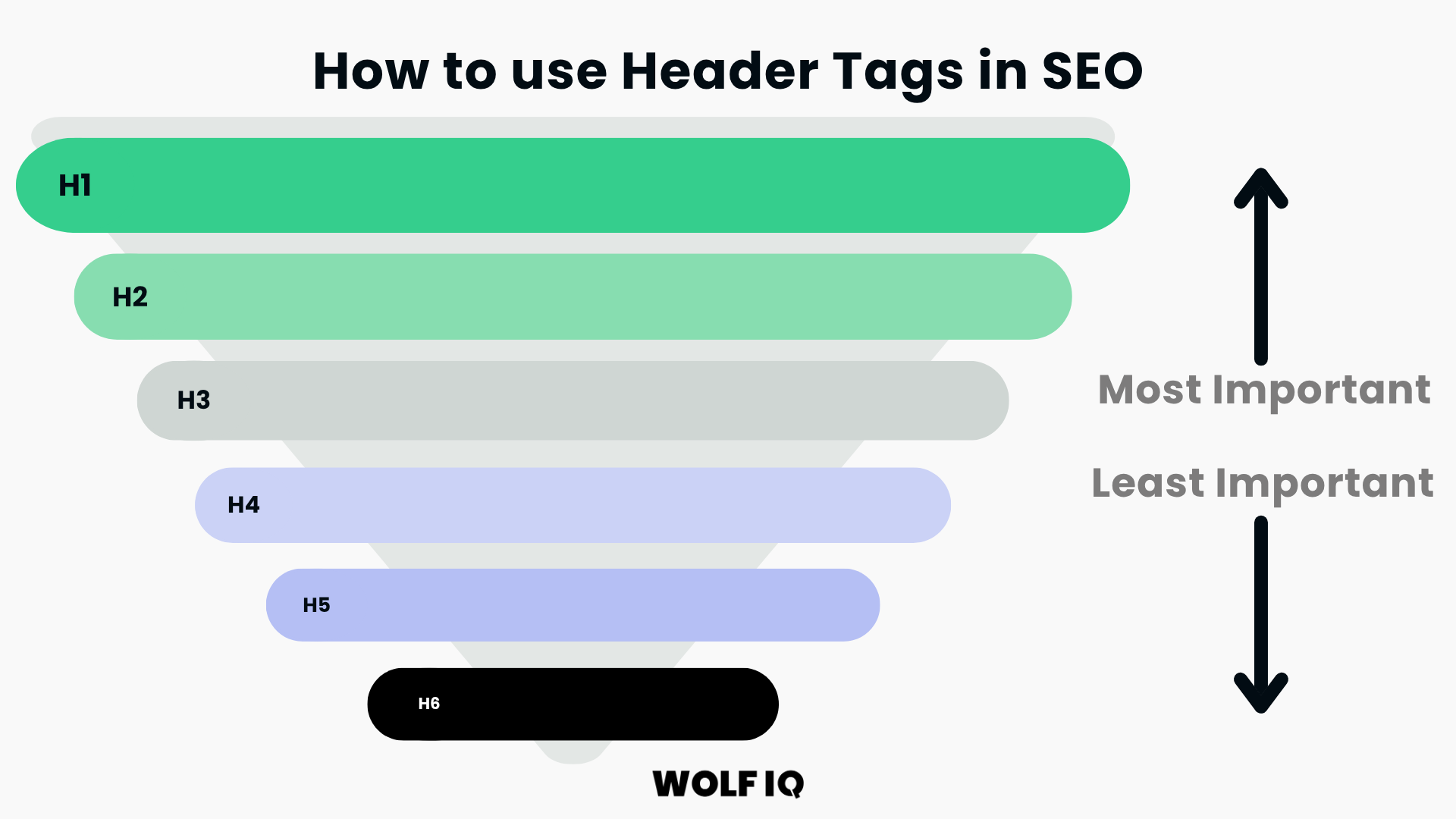
7. Leverage Facebook Groups (B2C and B2B)
What it is: Strategic participation in relevant Facebook groups where your target audience gathers to share knowledge, ask questions, and build relationships.
Why it works: Australia has a strong culture of community engagement, and Facebook groups remain highly active platforms for local discussions, recommendations, and business networking. There are 1.8 billion Facebook users, and over 21 million Australians using Facebook regularly, targeted group participation can drive significant qualified traffic while building brand awareness and trust within specific communities.
How to implement:
- Step 1: Research and join 10-15 relevant Australian Facebook groups in your industry or target market
- Step 2: Observe group rules and culture before participating actively
- Step 3: Provide valuable insights and answers without overtly promoting your business
- Step 4: Share relevant content when appropriate and allowed by group guidelines
- Step 5: Build relationships with group members and moderators
Tools you'll need: Facebook account, content calendar, social media management tools for tracking engagement
Pro tip: Focus on groups specific to your local area or industry niche rather than massive general groups. Smaller, more targeted groups often provide better engagement and more qualified traffic.
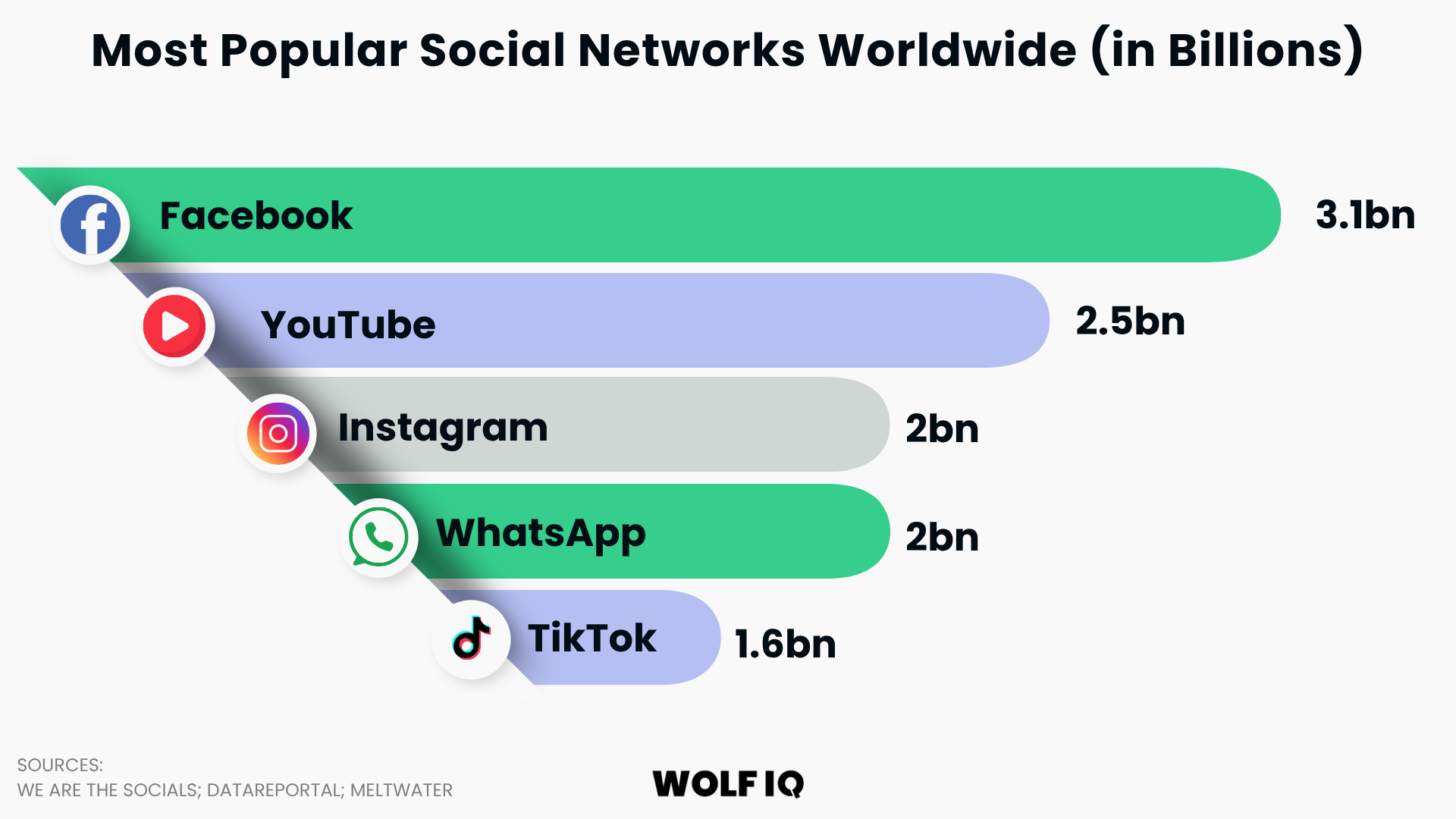
8. Tap Into LinkedIn for B2B
What it is: Strategic use of LinkedIn to share valuable content, engage with your network, and participate in professional discussions to drive qualified B2B traffic.</td>
Why it works: LinkedIn is the dominant professional networking platform in Australia, with over 15 million Australian users. The platform's algorithm favors content that generates meaningful professional discussions, making it an excellent channel for B2B businesses to demonstrate expertise and drive qualified traffic. Australian professionals are particularly active on LinkedIn, with engagement rates often higher than global averages.
How to implement:
- Step 1: Optimise your personal and company LinkedIn profiles with relevant keywords
- Step 2: Share valuable industry insights, tips, and original content 3-4 times per week
- Step 3: Engage meaningfully with others' content through thoughtful comments
- Step 4: Publish long-form articles on LinkedIn's publishing platform
- Step 5: Participate in relevant LinkedIn groups and discussions
Tools you'll need: LinkedIn account, content creation tools, LinkedIn analytics, scheduling tools (Hootsuite, Buffer).
Pro tip: There are several LinkedIn posting and engagement tools available that make this much easier using automations and AI. Platforms like Taplio, Postwise, and AuthoredUp are designed to help you plan, write, and schedule LinkedIn posts with ease.
These tools are especially valuable for solo founders, marketers, and small teams who want to grow visibility and authority on LinkedIn without spending hours each week.
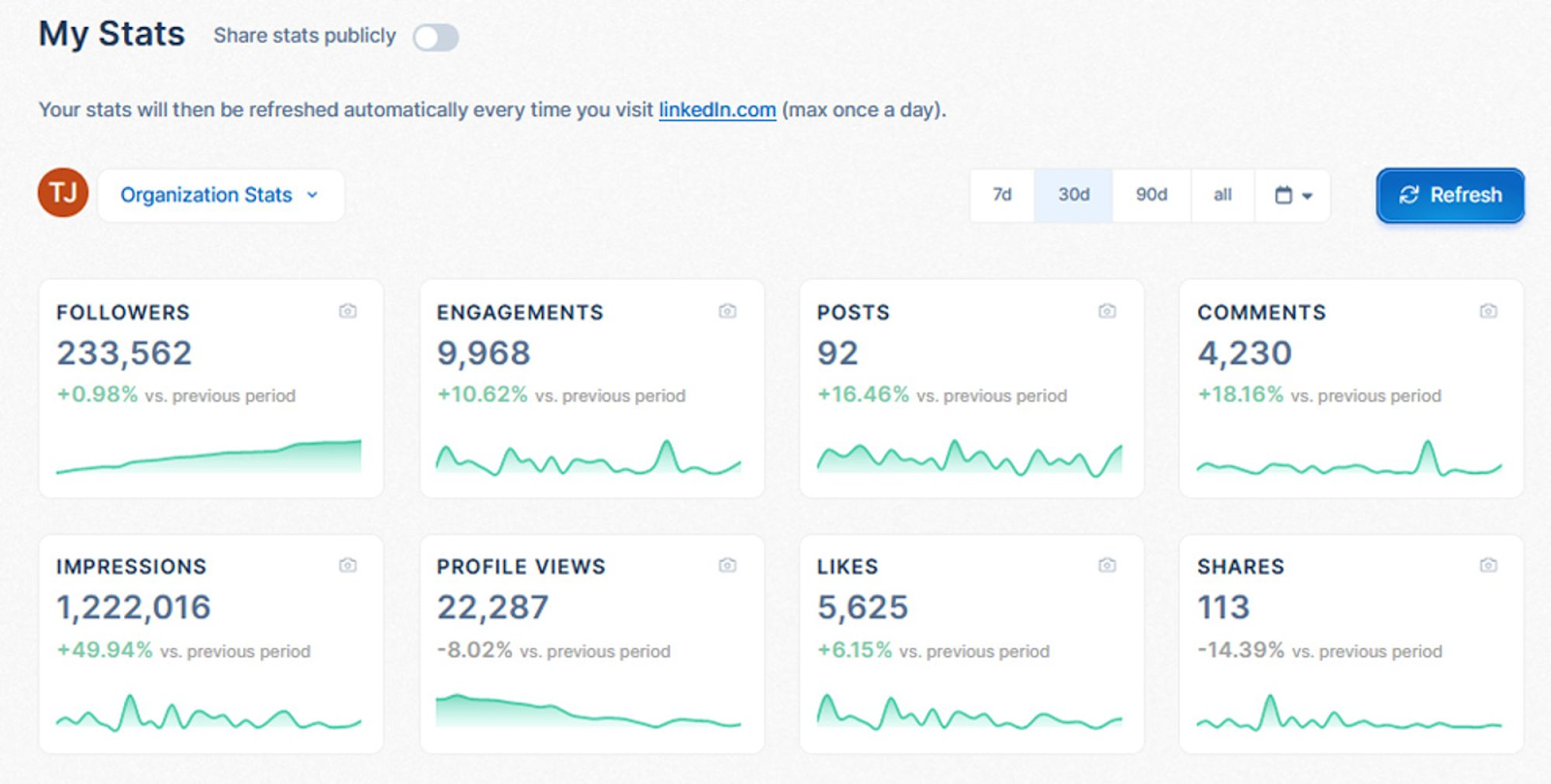
9. Use Instagram Stories for Local Engagement
What it is: Strategic use of Instagram Stories to share behind-the-scenes content, local events, and interactive content that drives traffic through swipe-up links or bio links.
Why it works: Instagram Stories have over 500 million daily active users globally. According to MarketingScoop, nearly half of Australia’s population uses Instagram daily, with more than 12 million Aussies engaging with Stories regularly. Stories appear at the top of the Instagram feed and offer various interactive features that can drive traffic directly to your website. The ephemeral nature of Stories creates urgency and encourages immediate action.
How to implement:
- Step 1: Create a consistent Stories posting schedule (daily or several times per week)
- Step 2: Use location tags and local hashtags to increase visibility
- Step 3: Include clear calls-to-action directing viewers to your website
- Step 4: Utilise interactive features like polls, questions, and quizzes
- Step 5: Save important Stories as Highlights for ongoing visibility
Tools you'll need: Instagram business account, content creation apps (Canva, Unfold), analytics tools, link-in-bio tools (Linktree)
Pro tip: It’s easier than ever to bring your website to live by embedding your Instagram field directly on your website. This works well for highly visual websites like ecommerce websites and education websites.
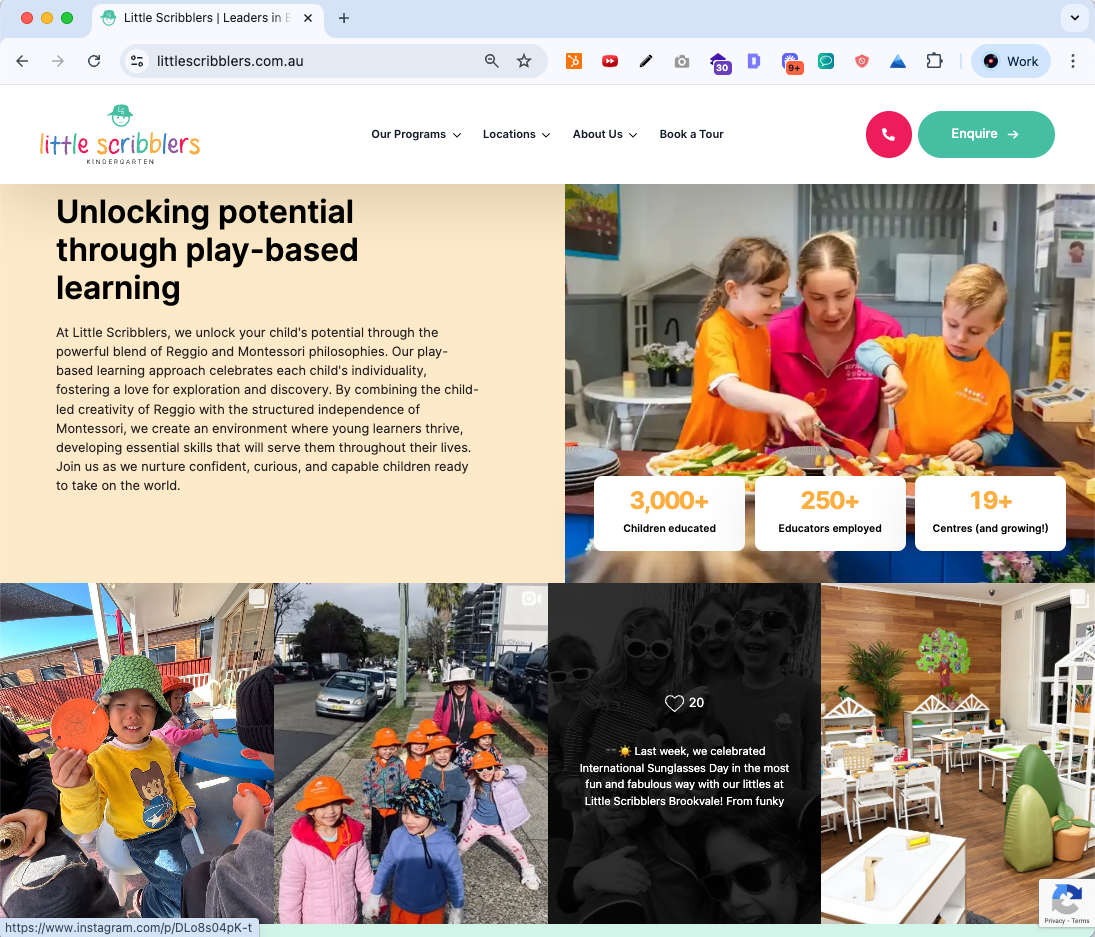
10. Engage in Community Forums
What it is: Active participation in Australian industry forums, discussion boards, and online communities where your target audience seeks advice, shares experiences, and refers to trusted providers.
Why it works: Australia has a strong culture of online community participation, with many industry-specific forums maintaining active user bases. These platforms allow you to demonstrate expertise, build relationships, and drive qualified traffic by providing valuable insights and solutions. Forum users are often highly engaged and more likely to visit your website when you've established credibility.
How to implement:
- Step 1: Identify active Australian forums in your industry (Whirlpool, ProductReview, industry-specific boards, and niche Facebook groups (e.g., local mothers' groups))
- Step 2: Create detailed profiles with professional information and website links
- Step 3: Contribute valuable insights and answers without overtly promoting your business
- Step 4: Share relevant content when appropriate and within forum guidelines
- Step 5: Build relationships with other forum members and moderators
Tools you'll need: Forum accounts, content calendar, reputation management tools, social media accounts
Pro tip: Focus on providing detailed, helpful answers that demonstrate your expertise. Include your website link in your signature rather than in individual posts to avoid appearing spammy.
In Australia, community-driven platforms like Facebook mums’ groups can be surprisingly powerful referral sources - especially in health, education, and services.
For example, one specialist surgeon reported multiple patient referrals simply because his name came up repeatedly in a local group discussion about gallbladder surgery.
Trust builds fast when your name is organically recommended in tight-knit communities.
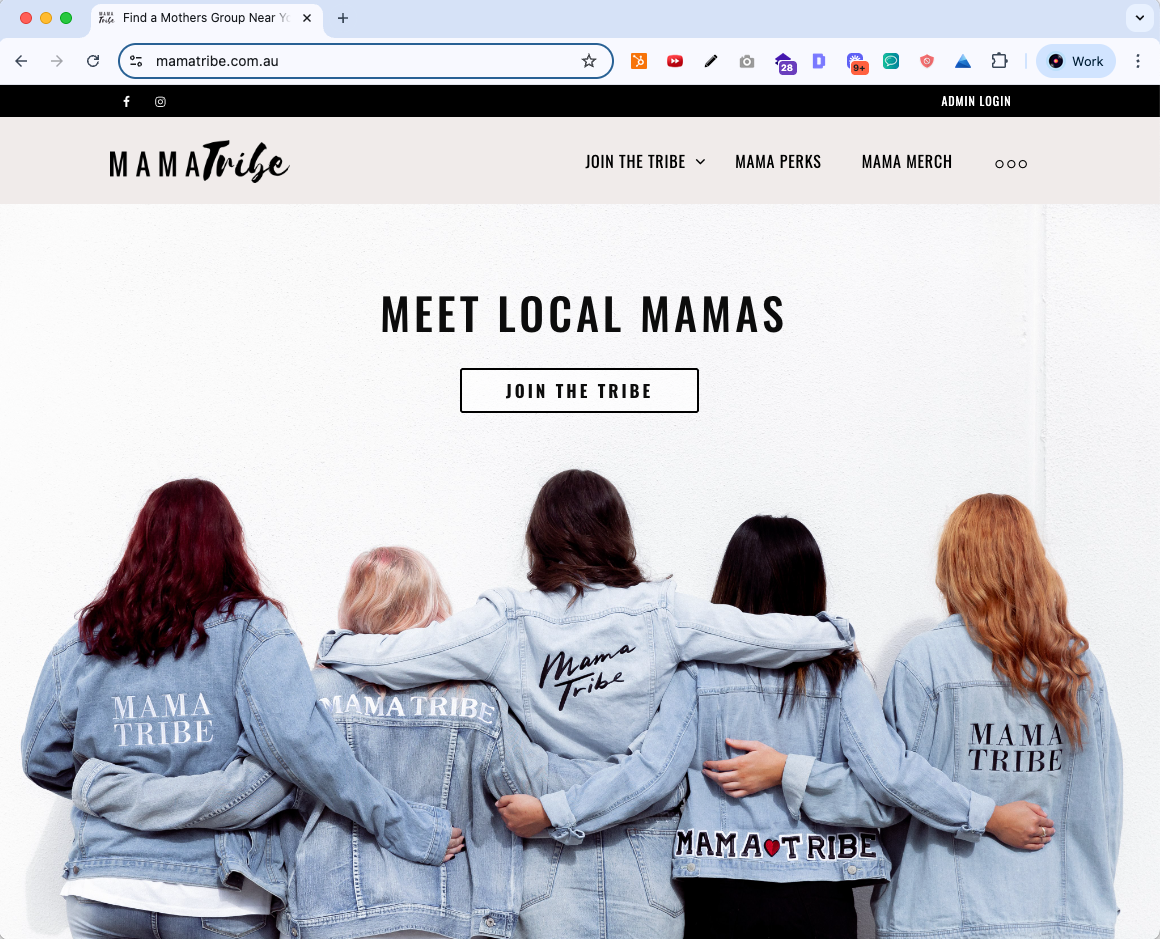
11. Cross-Promote with Local Networks
What it is: Strategic partnerships and cross-promotional activities with complementary local businesses to share audiences and drive mutual traffic.
Why it works: Australian consumers often prefer supporting local businesses and appreciate recommendations from trusted local sources. Cross-promotion allows you to tap into established customer bases while providing value to partner businesses. This approach is particularly effective in regional Australian markets where local business networks are tight-knit and influential.
How to implement:
- Step 1: Identify complementary businesses that serve similar customers but aren't direct competitors
- Step 2: Propose mutually beneficial cross-promotion opportunities
- Step 3: Create joint content, offers, or events that benefit both audiences
- Step 4: Share each other's content on social media and websites
- Step 5: Develop formal referral programs with tracking systems
Tools you'll need: CRM system for tracking referrals, collaboration tools, social media management platforms
Pro tip: Focus on businesses that share your values and quality standards.
In Australia, one powerful way to do this is by looking for (or becoming) an Australian Owned™ certified business. This certification empowers locally owned companies to stand out in the market, giving consumers and partners confidence that they’re supporting genuine Australian businesses.
It’s more than just a badge - it’s a signal of shared commitment to community, economic sustainability, and national pride.
A poor partnership can damage your reputation, but a certified, value-aligned partnership can significantly boost your credibility and long-term traffic.
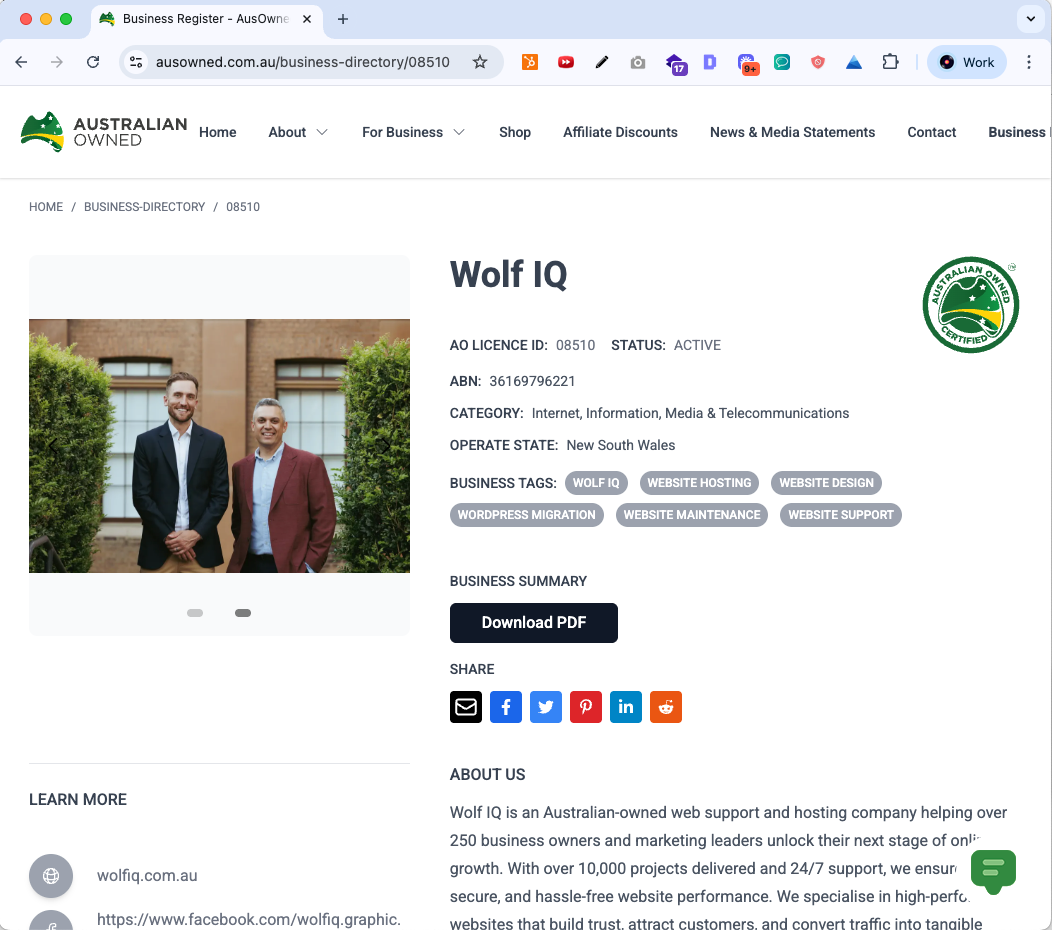
12. Improve Your Social Proof
What it is: Strategic placement of customer testimonials, reviews, case studies, and trust signals throughout your website to build credibility and encourage conversions.
Why it works: Social proof is a powerful psychological principle that influences decision-making. Australian consumers are particularly influenced by peer recommendations and social validation when making purchasing decisions. According to Evolve Nova, websites with strong social proof elements typically see 15-30% higher conversion rates and increased time on site, as visitors feel more confident about engaging with the business.
How to implement:
- Step 1: Collect customer testimonials, reviews, and case studies
- Step 2: Display reviews prominently on your homepage and key landing pages
- Step 3: Add customer logos, certifications, and trust badges
- Step 4: Include specific numbers and statistics (customers served, years in business, etc.)
- Step 5: Implement review widgets from Google, Facebook, or industry-specific platforms
Tools you'll need: Review management platforms, testimonial collection tools, website editing capabilities
Pro tip: Include specific, detailed testimonials that address common objections or concerns. Video testimonials from Australian customers are particularly powerful for building trust and driving conversions.
Wolf IQ integrates trust elements like Google review ratings, association logos, and customer badges directly into the above-the-fold layout. This has proven to decrease bounce rates and improve form submissions on high-intent pages.
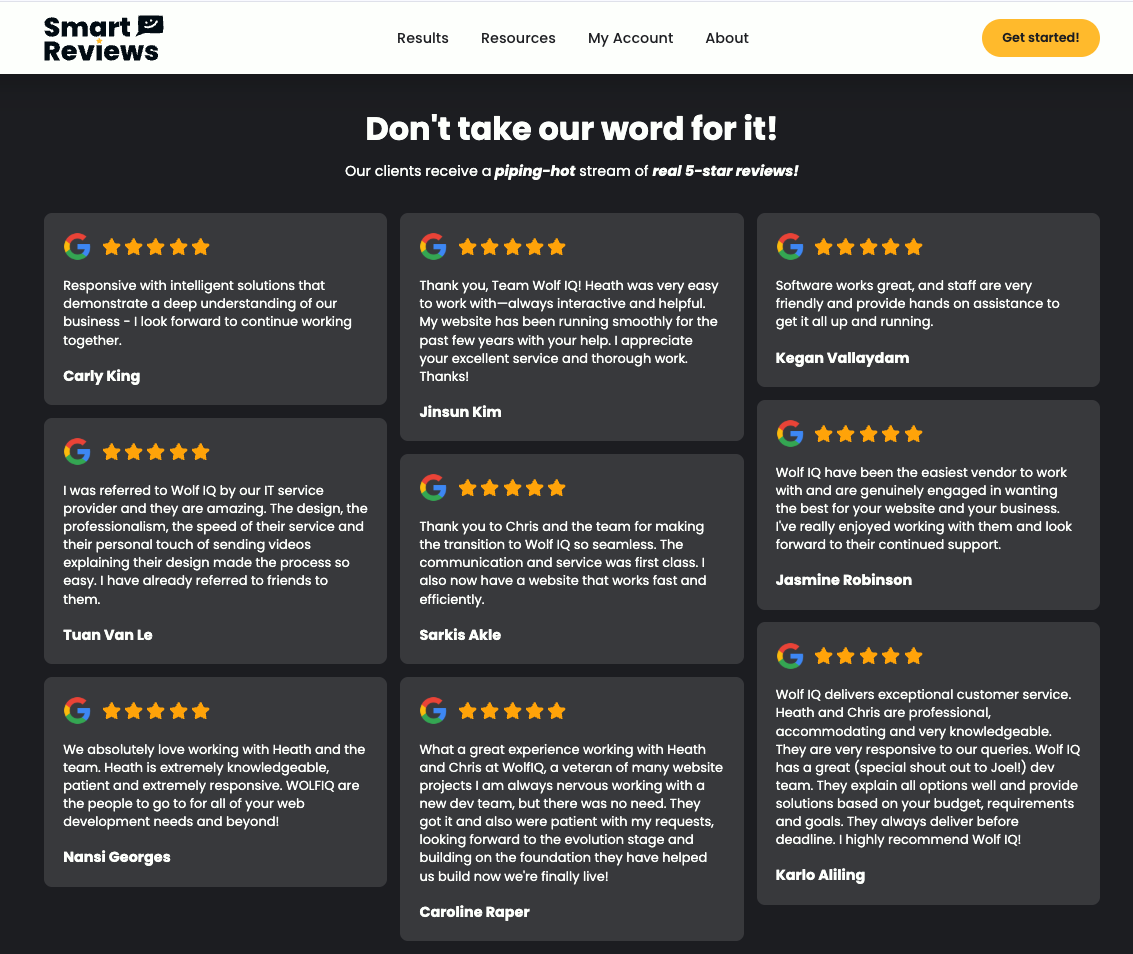
Section 2: Content Marketing Mastery
Content marketing, the strategic creation and distribution of valuable, relevant content to attract and engage a clearly defined audience, remains the cornerstone of sustainable website traffic growth.
Unlike paid advertising that stops working when you stop paying, quality content continues to attract visitors, build authority, and drive conversions long after publication.
For Australian SMBs, content marketing offers a particularly powerful opportunity to compete with larger businesses by demonstrating local expertise and understanding of Australian market needs.
The strategies in this section focus on creating, optimizing, and distributing content that not only attracts traffic but builds lasting relationships with your audience. These are medium-term strategies that require consistent effort but deliver compounding returns over time.
13. Start a Blog
What it is: A regularly updated blog section on your website that provides valuable, relevant content to your target audience while improving search engine visibility and establishing thought leadership.
Why it works: According to HubSpot’s marketing report, businesses with blogs generate 97% more inbound links and 55% more website visitors than those without. Blogging provides fresh content for search engines to index, gives you material to share on social media, and positions your business as an industry authority. For Australian businesses, blogging offers the opportunity to address local market conditions, regulations, and cultural nuances that international competitors often miss.
How to implement:
- Step 1: Set up a blog section on your website using WordPress, Squarespace, or your existing CMS
- Step 2: Develop a content calendar with topics relevant to your Australian audience
- Step 3: Research Australian-specific keywords and search trends using tools like Google Trends
- Step 4: Commit to a consistent publishing schedule (weekly or bi-weekly minimum)
- Step 5: Optimise each post for SEO and include clear calls-to-action
Tools you'll need: Content management system, keyword research tools, editorial calendar, analytics platform
Pro tip: Focus on evergreen content that remains relevant over time, but also create timely content around Australian events, seasons, and industry developments. Mix educational content with behind-the-scenes stories about your Australian business operations.
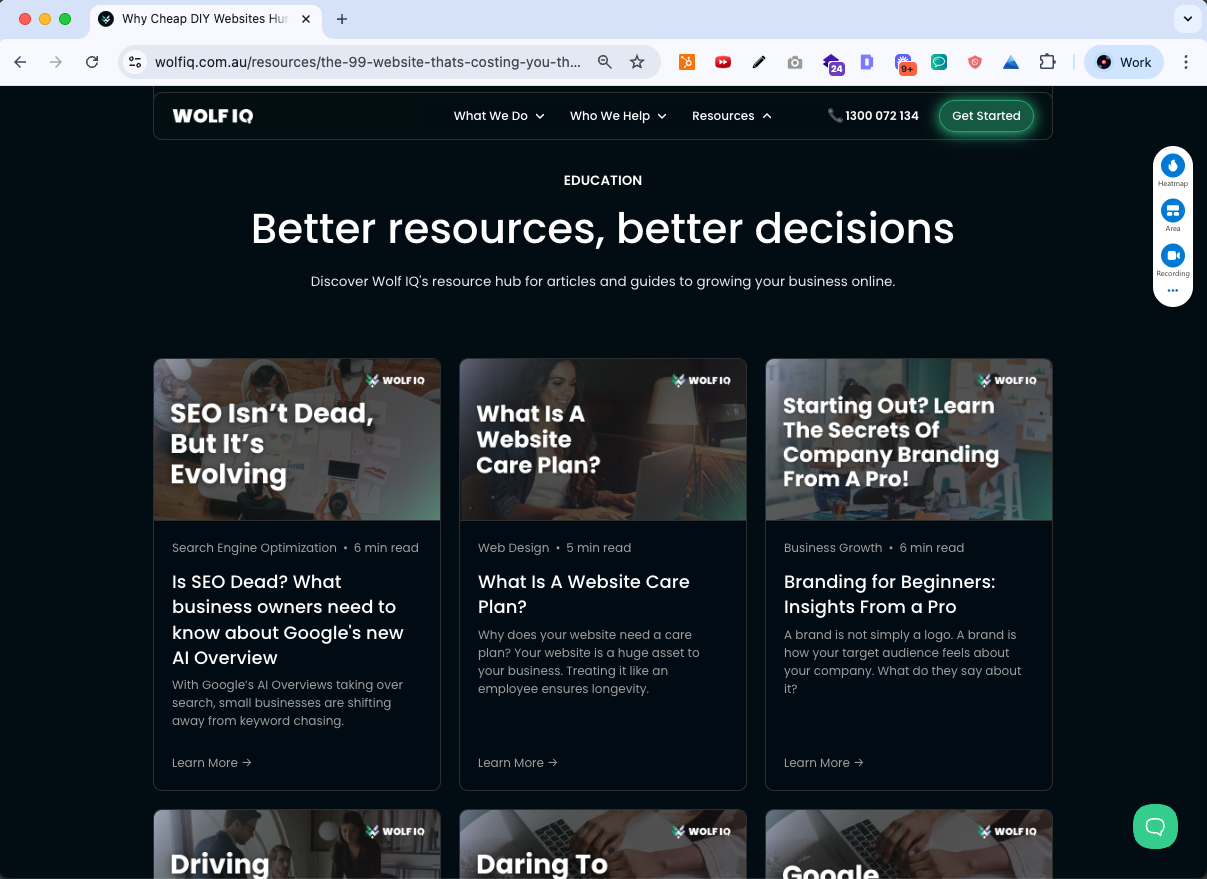
14. Create Evergreen Content
What it is: Content that remains relevant and valuable over extended periods, continuing to attract traffic and provide value regardless of when it's accessed.
Why it works: Evergreen content provides long-term ROI by continuing to attract search traffic and social shares months or years after publication. This type of content forms the backbone of sustainable organic traffic growth. For Australian businesses, evergreen content can address fundamental challenges like navigating Australian business regulations, understanding local consumer behavior, or managing seasonal business fluctuations.
How to implement:
- Step 1: Identify timeless topics relevant to your Australian audience (how-to guides, best practices, foundational concepts)
- Step 2: Research long-tail keywords with consistent search volume in Australia
- Step 3: Create comprehensive, in-depth content that thoroughly covers each topic
- Step 4: Update and refresh evergreen content annually to maintain relevance
- Step 5: Promote evergreen content consistently across all marketing channels
We maintain cornerstone pieces like our ‘Website Cost in Australia’ and ‘Ecommerce SEO Guide’, updating them quarterly. These pages attract consistent backlinks and rank for non-branded discovery searches that drive compounding ROI.
Tools you'll need: Keyword research tools, content creation software, analytics platform for tracking long-term performance
Pro tip: Create pillar pages that comprehensively cover broad topics, then develop supporting content that addresses specific aspects in detail. This approach builds topical authority and improves search rankings.
One example is our How Much Does a Website Cost in Australia? guide — a comprehensive resource that continues to drive traffic over time because it answers a fundamental question for business owners.
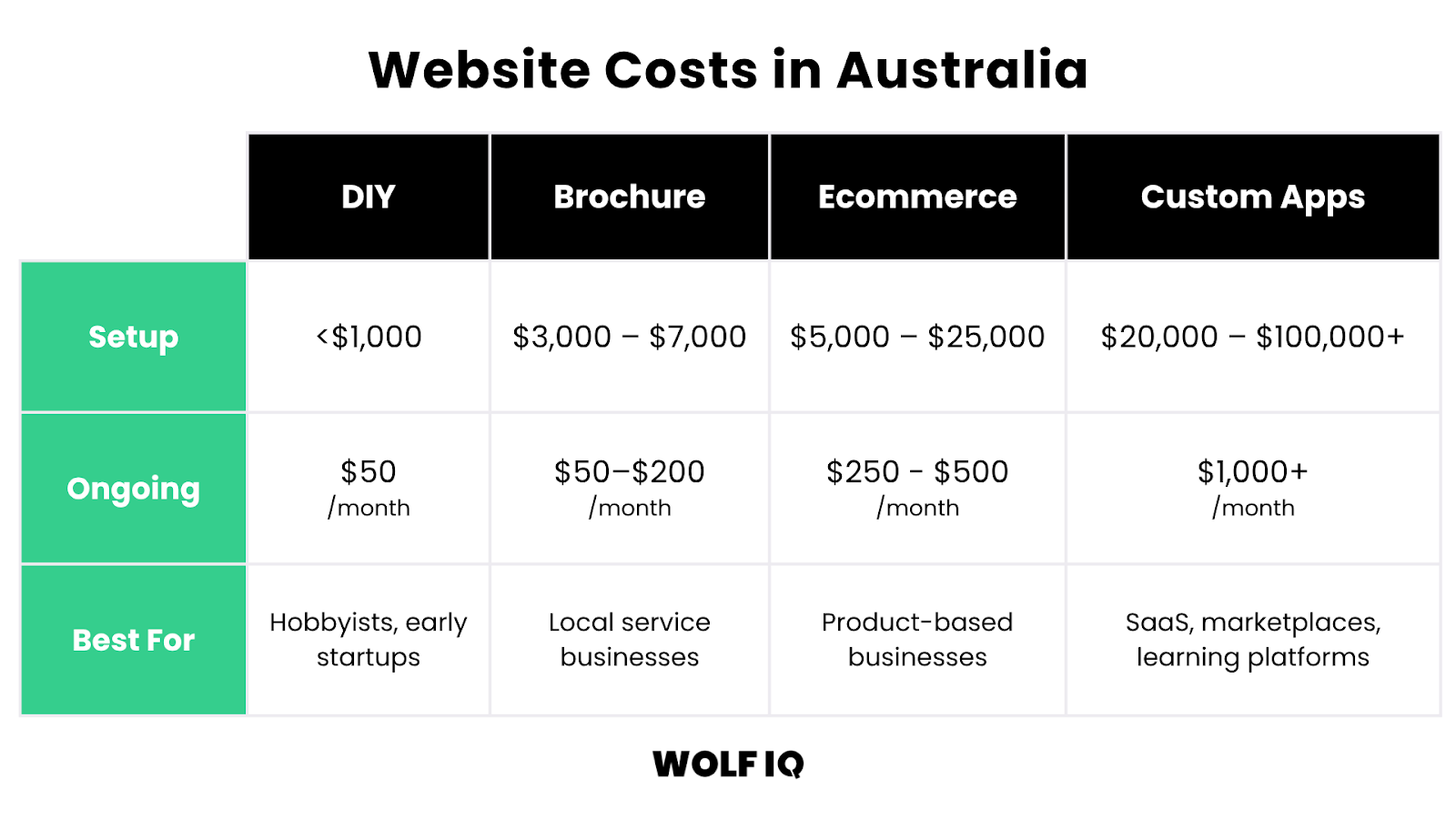
15. Develop Pillar Pages for Authority
What it is: Comprehensive, authoritative pages that broadly cover important topics in your industry, supported by cluster content that addresses specific subtopics in detail.
Why it works: The pillar page and topic cluster model helps search engines understand your expertise and authority on specific topics. This approach can significantly improve your rankings for competitive keywords while providing exceptional value to visitors. Google's algorithm increasingly favors websites that demonstrate comprehensive knowledge and authority on specific topics.
How to implement:
- Step 1: Identify 3-5 core topics central to your business and relevant to Australian audiences
- Step 2: Create comprehensive pillar pages (3,000+ words) that broadly cover each topic
- Step 3: Develop 8-12 supporting blog posts for each pillar page addressing specific subtopics
- Step 4: Link all cluster content back to the pillar page and interlink related cluster content
- Step 5: Regularly update and expand both pillar pages and cluster content
Tools you'll need: Content planning tools, keyword research platforms, internal linking tools, analytics for tracking topic performance
Pro tip: Start with topics where you already have some content and expertise. Build your pillar page by expanding and connecting existing content before creating entirely new topic clusters.

16. Use Video Content for Higher Engagement
What it is: Strategic creation and distribution of video content across your website, social media platforms, and video hosting sites to increase engagement and drive traffic.
Why it works: Video content generates 1,200% more shares than text and image content combined. Australian audiences are particularly responsive to authentic, personality-driven video content. Video also provides multiple traffic opportunities through YouTube search, social media sharing, and improved website engagement metrics that boost SEO performance.
How to implement:
- Step 1: Identify video content opportunities (product demonstrations, behind-the-scenes, educational content)
- Step 2: Create a simple video production setup with good lighting and audio
- Step 3: Develop a video content calendar aligned with your overall content strategy
- Step 4: Optimise videos for each platform (YouTube, Facebook, Instagram, LinkedIn)
- Step 5: Include clear calls-to-action directing viewers to your website
Tools you'll need: Video recording equipment (smartphone sufficient to start), editing software, video hosting platforms, analytics tools
Pro tip: Start with simple, authentic videos rather than highly produced content. Australian audiences often prefer genuine, helpful content over polished marketing videos. Focus on solving problems or answering common questions.
If you're ready to scale, there are over 216 video production agencies in Sydney alone that can help bring your ideas to life - such as Rocket Productions, Two Giraffes, and Shakespeare Media, all offering full-service production tailored to Australian brands.

17. Design Shareable Infographics
What it is: Visually appealing graphics that present information, data, or knowledge in an easy-to-understand format designed for social sharing and link building.
Why it works: Infographics are shared 3x more than other types of content and can generate significant backlinks when they provide valuable, unique information. They're particularly effective for presenting complex Australian market data, industry statistics, or step-by-step processes in an accessible format that encourages sharing and linking.
How to implement:
- Step 1: Identify data-rich topics relevant to your Australian audience
- Step 2: Gather accurate, current data from reputable Australian sources
- Step 3: Design visually appealing infographics using tools like Canva or hire a designer
- Step 4: Optimise infographics for different platforms and sharing contexts
- Step 5: Promote infographics through social media, email, and outreach to relevant websites
Tools you'll need: Design software (Canva, Adobe Creative Cloud), data sources, image optimisation tools
Pro tip: Focus on creating infographics that address common questions or challenges in your industry with Australian-specific data. Include your website URL prominently and make the infographic easy to embed with provided HTML code.
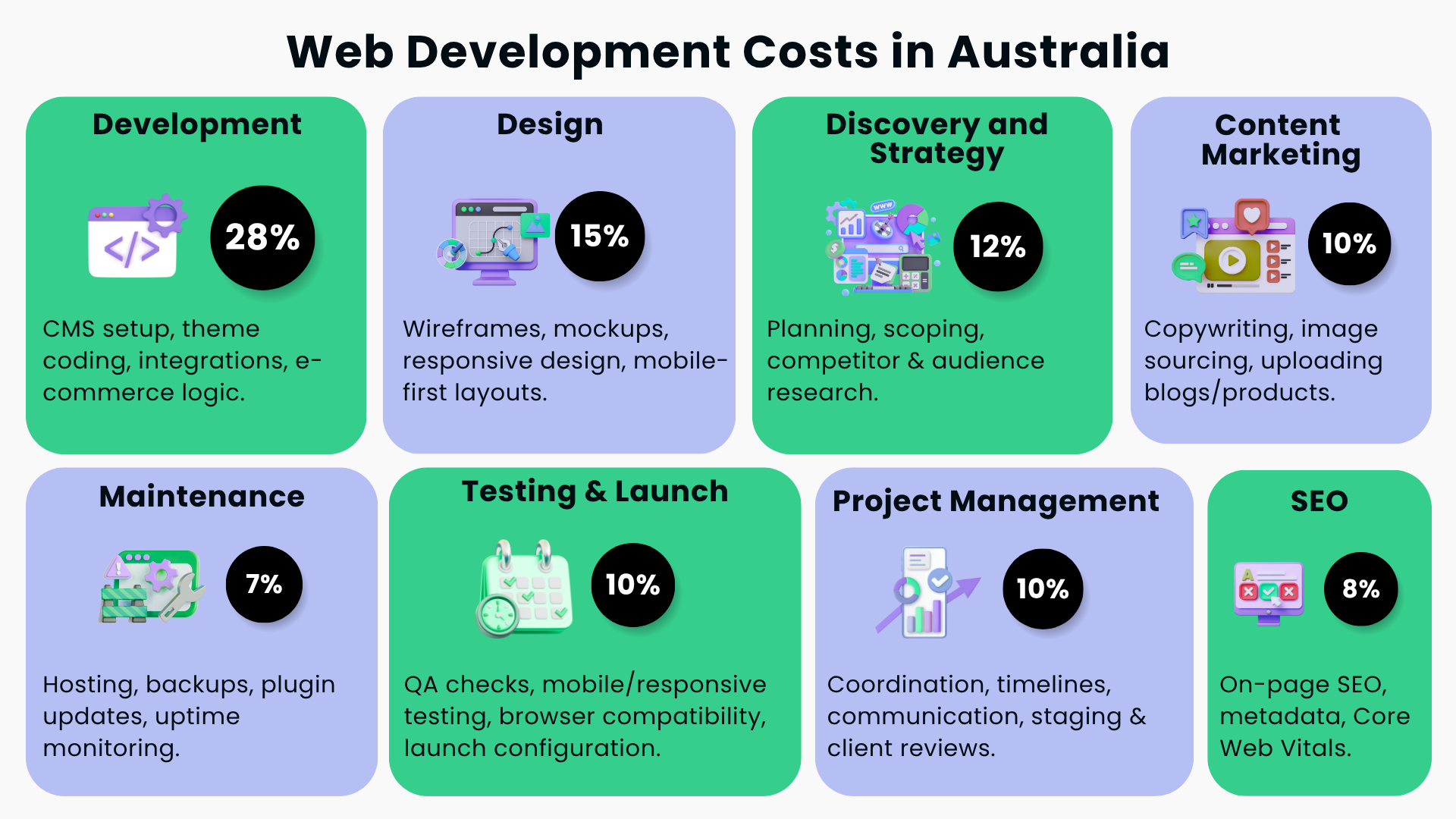
18. Guest Post on Industry Sites
What it is: Writing valuable content for other websites and publications in your industry to reach new audiences and build backlinks to your website.
Why it works: Guest posting allows you to tap into established audiences while building valuable backlinks that improve your search engine rankings. Australian industry publications often welcome high-quality content from local experts, providing opportunities to establish thought leadership and drive qualified traffic from engaged professional audiences.
How to implement:
- Step 1: Research Australian industry publications, blogs, and websites that accept guest content
- Step 2: Study their content style, audience, and submission guidelines
- Step 3: Pitch unique, valuable content ideas that align with their audience needs
- Step 4: Create high-quality content that provides genuine value without being overly promotional
- Step 5: Include strategic links back to relevant pages on your website
Tools you'll need: Content research tools, email outreach platforms, relationship management system
Pro tip: Focus on building long-term relationships with editors and publishers rather than one-off contributions. Regular contributors often receive priority placement and can establish themselves as go-to experts in their field.
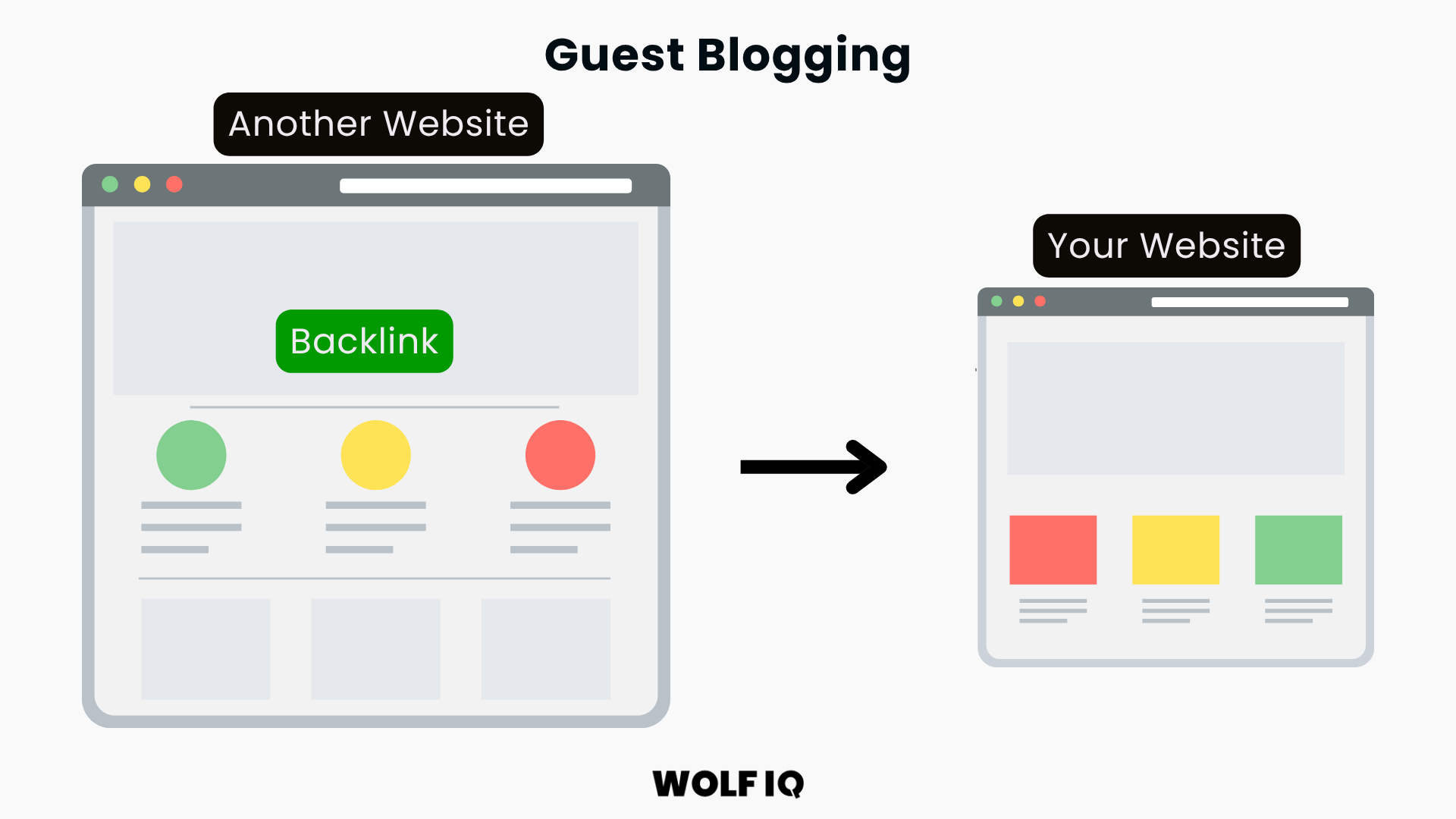
19. Repurpose Content Across Multiple Channels
What it is: Strategic adaptation and redistribution of existing content across different platforms and formats to maximise reach and traffic generation.
Why it works: Repurposing content allows you to maximise the ROI of your content creation efforts while reaching audiences who prefer different content formats or platforms. Australian audiences consume content across diverse channels, from traditional blogs to podcasts, social media, and video platforms. Effective repurposing can multiply your content's reach and traffic generation potential.
How to implement:
- Step 1: Audit existing content to identify high-performing pieces suitable for repurposing
- Step 2: Adapt content for different formats (blog post to video, infographic to social media posts)
- Step 3: Optimise repurposed content for each platform's specific requirements and audience
- Step 4: Create a distribution schedule that spaces out repurposed content appropriately
- Step 5: Track performance across channels to identify the most effective repurposing strategies
Tools you'll need: Content management tools, design software, social media scheduling platforms, analytics tools
Pro tip: Create a content repurposing matrix that maps how each type of content can be adapted for different platforms. This systematic approach ensures you maximise the value of every piece of content you create.
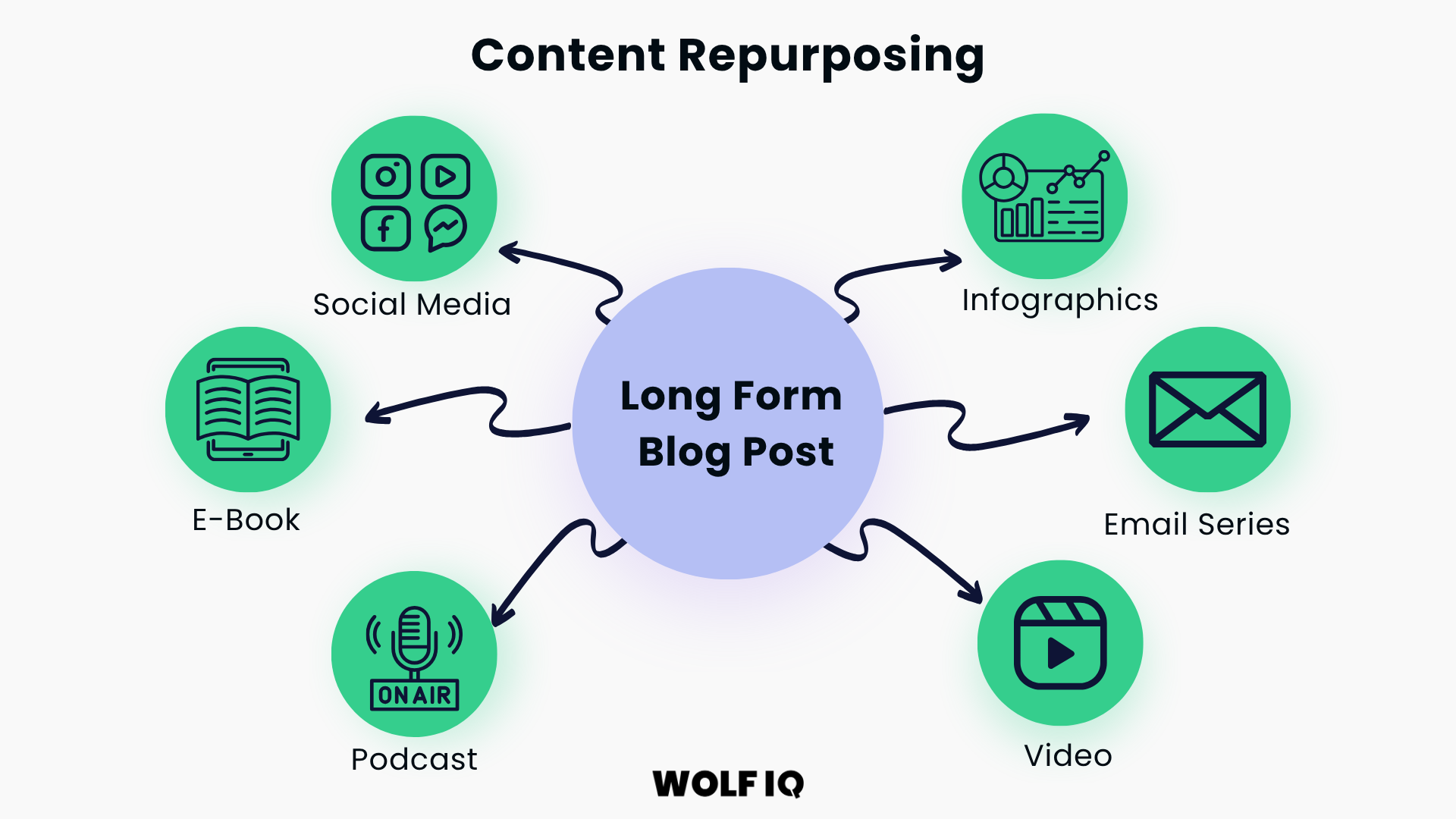
20. Create Downloadable Resources
What it is: Valuable resources like guides, templates, checklists, or tools that visitors can download in exchange for their contact information, driving both traffic and lead generation.
Why it works: Downloadable resources provide immediate value to visitors while capturing contact information for ongoing relationship building. They also create opportunities for other websites to link to your resources, improving SEO performance. Australian businesses can create particularly valuable resources by addressing local regulations, market conditions, or business requirements.
How to implement:
- Step 1: Identify common challenges or questions your Australian audience faces
- Step 2: Create comprehensive resources that provide genuine solutions (guides, templates, checklists)
- Step 3: Design professional-looking resources that reflect your brand quality
- Step 4: Create dedicated landing pages for each resource with clear value propositions
- Step 5: Promote resources through content marketing, social media, and email campaigns
Tools you'll need: Design software, PDF creation tools, landing page builder, email marketing platform, analytics tools
Pro tip: Create resources that solve immediate, practical problems rather than general educational content. Templates, checklists, and calculators tend to generate more downloads and shares than theoretical guides.
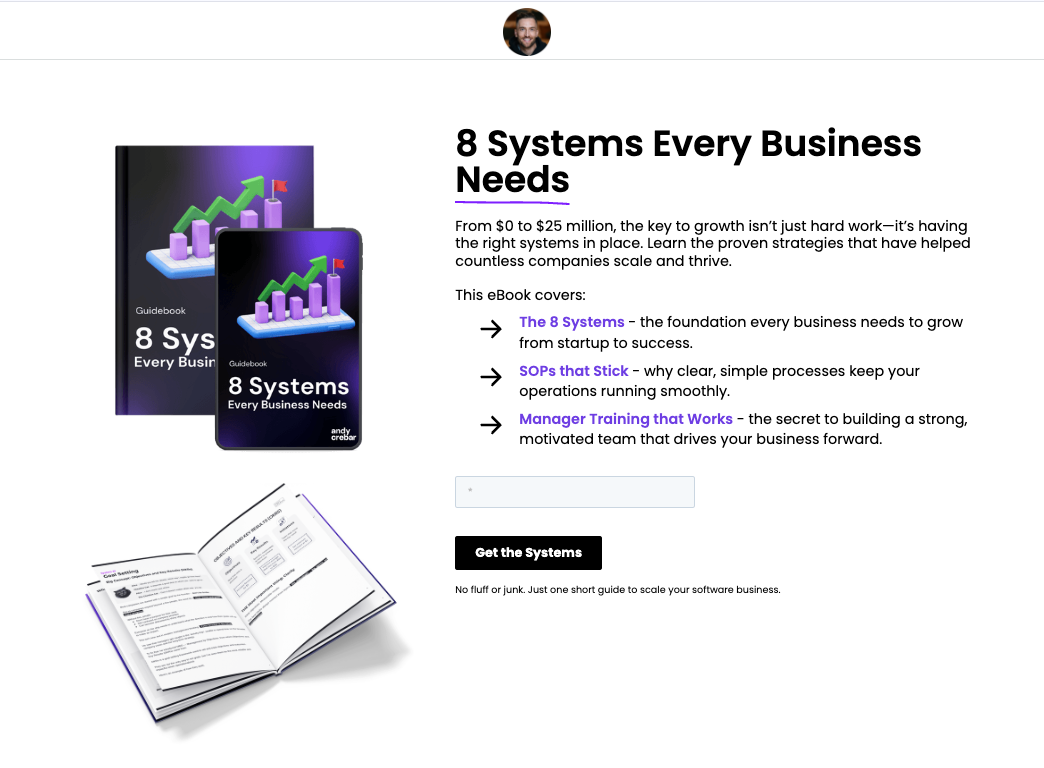
21. Start a Webinar Program
What it is: Live or recorded online presentations that provide valuable education or training to your target audience while generating leads and driving website traffic.
Why it works: Webinars allow you to demonstrate expertise, build personal connections, and provide high-value content that attracts qualified leads. Australian business culture values relationship-building and personal connections, making webinars particularly effective for establishing trust and credibility. Webinar attendees are typically highly engaged and more likely to visit your website and convert.
How to implement:
- Step 1: Choose topics that address significant challenges or opportunities for your Australian audience
- Step 2: Select webinar platform and set up registration process
- Step 3: Create compelling webinar content with clear learning outcomes
- Step 4: Promote webinars through multiple channels (email, social media, partnerships)
- Step 5: Follow up with attendees and provide additional resources on your website
Tools you'll need: Webinar platform (Zoom, GoToWebinar), presentation software, email marketing platform, registration system
Pro tip: Record webinars for ongoing use as lead magnets and content resources. Create shorter clips for social media promotion and include webinar recordings in your content library.
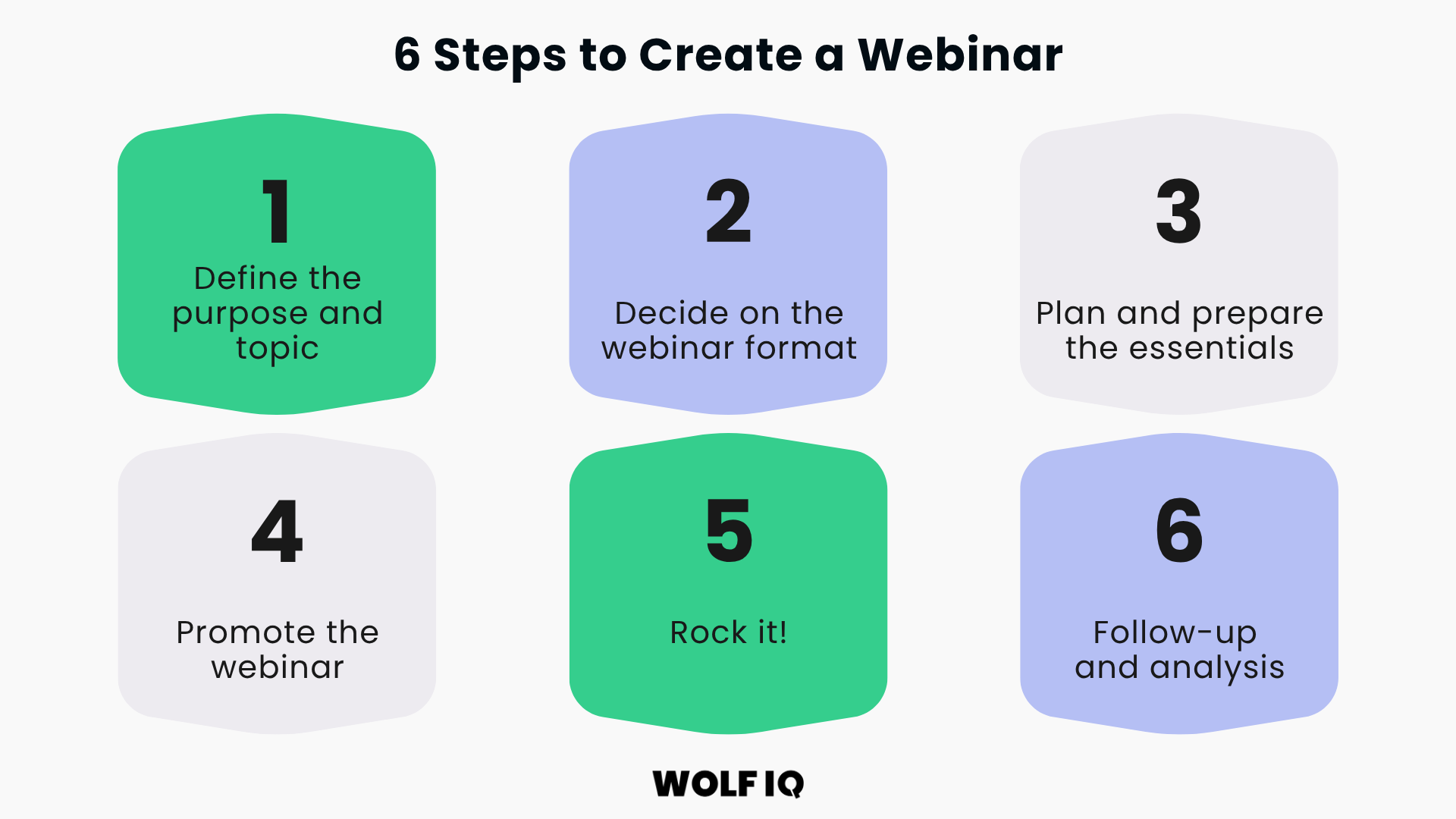
22. Build an Email Newsletter
What it is: Regular email communication that provides value to subscribers while driving consistent traffic back to your website through content promotion and strategic calls-to-action.
Why it works: Email marketing delivers an average ROI of $42 for every $1 spent, making it one of the most effective digital marketing channels. Email newsletters provide a direct line of communication with your audience, allowing you to drive traffic to specific pages, promote new content, and nurture relationships over time. For Australian businesses, email newsletters offer opportunities to share local insights, seasonal content, and community involvement.
How to implement:
- Step 1: Choose an email marketing platform and set up signup forms on your website
- Step 2: Develop a content strategy that balances promotional and educational content
- Step 3: Create a consistent sending schedule (weekly, bi-weekly, or monthly)
- Step 4: Design email templates that reflect your brand and include clear calls-to-action
- Step 5: Segment your list based on interests, location, or engagement level
Tools you'll need: Email marketing platform (Mailchimp, ConvertKit), email design tools, analytics platform, signup form tools
Pro tip: Focus on providing genuine value in every email rather than constant promotion. Share industry insights, local business news, or helpful tips that position your business as a trusted resource.
If you're using a platform like HubSpot, take advantage of its built-in functionality - such as A/B testing, smart content personalisation, and detailed engagement analytics - to understand what resonates most with your audience and stay top of mind over time.
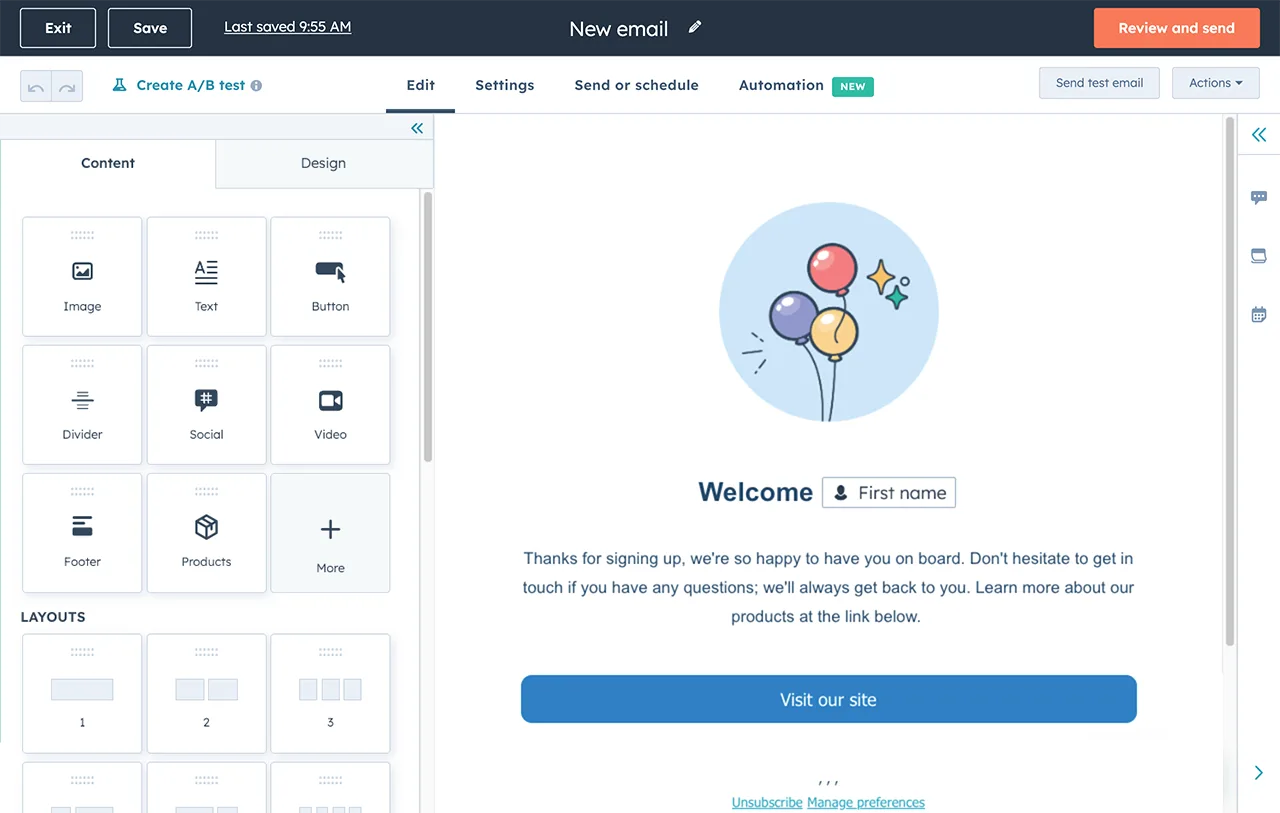
Section 3: SEO & Search Dominance
Search engine optimisation remains one of the most powerful long-term strategies for driving qualified traffic to your website.
While SEO requires patience and consistent effort, it delivers compounding returns that can transform your business's online visibility. Every business has the opportunity to own the space in search.
The strategies in this section focus on both technical and content-based SEO approaches that will help you dominate search results in your market. These are long-term investments that typically show significant results within 3-6 months of consistent implementation.
23. Master Keyword Research
What it is: Systematic research and analysis of search terms that Australian users enter into search engines when looking for products, services, or information related to your business.
Why it works: Effective keyword research forms the foundation of all successful SEO efforts. By understanding exactly what your Australian audience searches for, you can create content and optimise pages that directly match their intent. Australian search patterns often differ from global trends, with unique terminology, seasonal patterns, and local considerations that create opportunities for businesses that understand these nuances.
How to implement:
- Step 1: Use Google Keyword Planner to research Australian search volumes and competition levels
- Step 2: Analyze competitor keywords using tools like SEMrush or Ahrefs
- Step 3: Identify long-tail keywords specific to Australian markets and locations
- Step 4: Research seasonal trends and patterns unique to Australian business cycles
- Step 5: Create keyword maps that align search terms with specific pages on your website
Tools you'll need: Google Keyword Planner, SEMrush or Ahrefs, Google Trends, competitor analysis tools
Pro tip: Pay special attention to local variations in terminology. What's called a "jumper" in Melbourne might be a "sweater" elsewhere, and these regional differences can reveal untapped keyword opportunities.
To get started quickly and affordably, try using a free tool like Ubersuggest - it offers keyword suggestions, search volume estimates, and SEO difficulty tailored to your location, making it ideal for Australian businesses testing their first content strategy.

24. Build High-Quality Backlinks
What it is: Strategic acquisition of links from other reputable websites back to your site, which serves as a vote of confidence and authority signal to search engines.
Why it works: Backlinks remain one of Google's strongest ranking factors. High-quality links from authoritative websites signal to search engines that your content is valuable and trustworthy. For Australian businesses, local link building opportunities through community partnerships, local media, and industry associations can be particularly effective and achievable.
For clients like Northern Urology and medical clinics, we focus on acquiring backlinks through professional associations, local business features, and strategic directories—while steering clear of spammy link farms that can do more harm than good.
How to implement:
- Step 1: Audit your current backlink profile using tools like Ahrefs or Moz
- Step 2: Identify link building opportunities through local directories, industry associations, and community organisations
- Step 3: Create link-worthy content that naturally attracts backlinks (original research, comprehensive guides)
- Step 4: Reach out to relevant Australian websites with personalised link building pitches
- Step 5: Monitor and track your backlink acquisition progress
Tools you'll need: Backlink analysis tools (Ahrefs, Moz), outreach tools, content creation resources, relationship management system
Pro tip: Focus on earning links through genuine relationship building and value creation rather than transactional link exchanges. Australian business culture values authentic relationships, making this approach particularly effective.

25. Optimise Internal Linking Structure
What it is: Strategic linking between pages on your own website to improve navigation, distribute page authority, and help search engines understand your site structure and content relationships.
Why it works: Internal linking helps search engines crawl and understand your website while distributing authority from high-performing pages to other important pages. It also improves user experience by helping visitors discover related content and spend more time on your site. Effective internal linking can significantly improve your search rankings and reduce bounce rates.
How to implement:
- Step 1: Audit your current internal linking structure using tools like Screaming Frog
- Step 2: Identify your most authoritative pages and key pages you want to rank better
- Step 3: Create topic clusters by linking related content together
- Step 4: Add contextual internal links within content using relevant anchor text
- Step 5: Regularly review and update internal links as you add new content
Tools you'll need: Website crawling tools (Screaming Frog), analytics platform, content audit tools
Pro tip: Use descriptive anchor text that includes relevant keywords but reads naturally. Avoid generic phrases like "click here" and instead use specific descriptions of the linked content.
.png)
26. Improve Core Web Vitals
What it is: Optimisation of specific user experience metrics that Google uses as ranking factors, including page loading speed, interactivity, and visual stability.
Why it works: Core Web Vitals are official Google ranking factors that directly impact your search visibility. Poor performance in these areas can significantly harm your rankings, while excellent performance can provide competitive advantages. Given Australia's unique internet infrastructure challenges, businesses that prioritise Core Web Vitals often see substantial improvements in both search rankings and user experience.
How to implement:
- Step 1: Measure current Core Web Vitals performance using Google PageSpeed Insights
- Step 2: Optimise Largest Contentful Paint (LCP) by improving server response times and optimizing images
- Step 3: Improve First Input Delay (FID) by minimizing JavaScript execution time
- Step 4: Enhance Cumulative Layout Shift (CLS) by setting size attributes for images and avoiding dynamic content insertion
- Step 5: Monitor improvements using Google Search Console and PageSpeed Insights
Tools you'll need: Google PageSpeed Insights, Google Search Console, web development tools, CDN service
Pro tip: Focus on mobile Core Web Vitals first, as Google uses mobile-first indexing. Consider using Australian-based CDN services to improve loading times for local users.
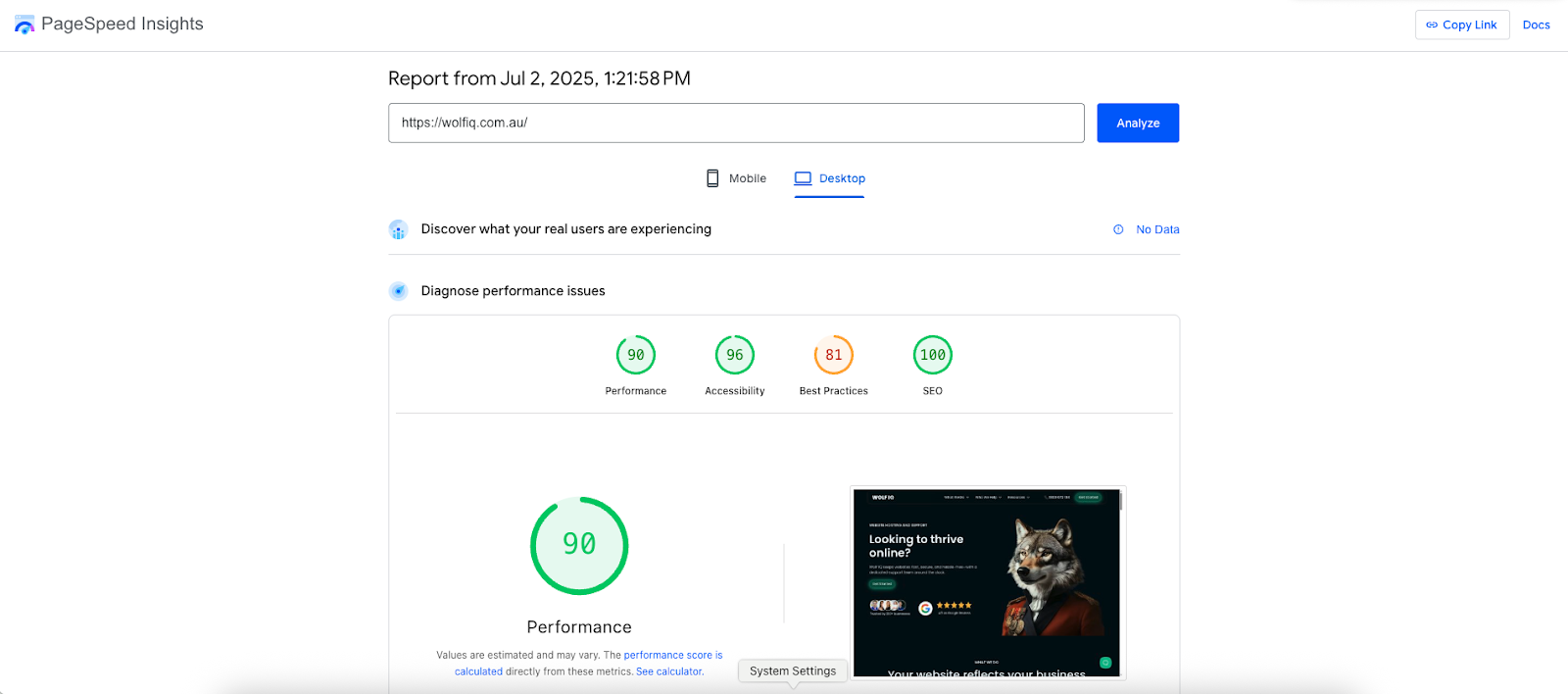
27. Implement Schema Markup
What it is: Structured data markup that helps search engines understand your content and display enhanced results like rich snippets, knowledge panels, and local business information.
Why it works: Schema markup helps search engines better understand your content, which can lead to enhanced search result displays that attract more clicks. Local business schema is particularly valuable for Australian businesses, as it can improve visibility in local search results and provide detailed business information directly in search results.
How to implement:
- Step 1: Identify appropriate schema types for your business (Local Business, Organisation, Product, etc.)
- Step 2: Implement basic schema markup using JSON-LD format
- Step 3: Add local business schema with Australian address and contact information
- Step 4: Include review and rating schema to display star ratings in search results
- Step 5: Test implementation using Google's Rich Results Test tool
Tools you'll need: Schema markup generators, Google Rich Results Test, Google Search Console
Pro tip: Start with local business schema if you serve local markets, as this provides the most immediate benefits for Australian businesses. Gradually add more specific schema types as you develop expertise.
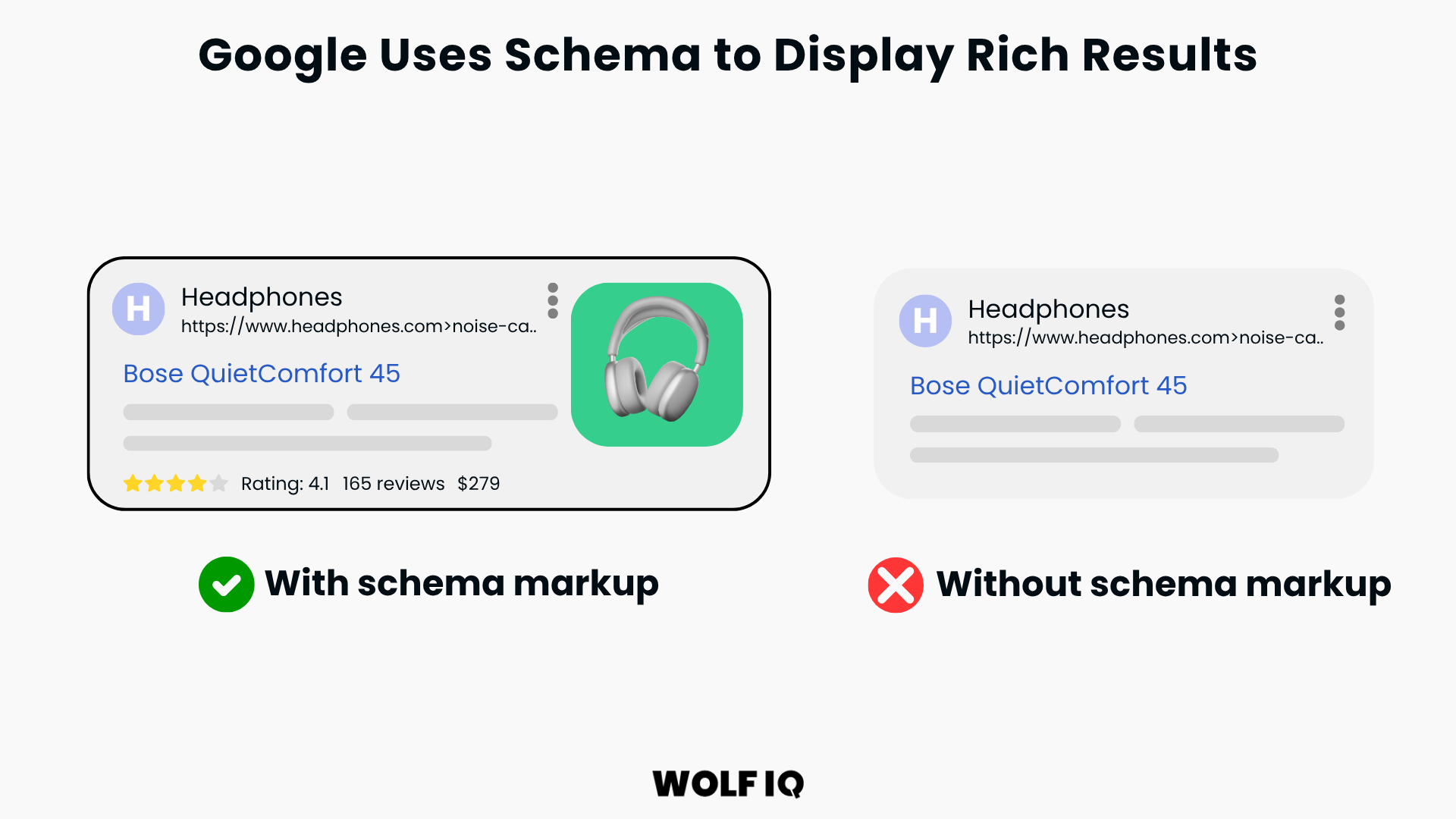
28. Target Long-Tail Keywords
What it is: Optimisation for longer, more specific keyword phrases that typically have lower search volume but higher conversion rates and less competition.
Why it works: Long-tail keywords often represent more specific search intent, leading to higher conversion rates. They're also easier to rank for than broad, competitive terms. Australian long-tail keywords often include location-specific terms, local slang, or region-specific needs that create excellent opportunities for local businesses to capture qualified traffic.
How to implement:
- Step 1: Research long-tail variations of your main keywords using tools like AnswerThePublic
- Step 2: Analyze "People Also Ask" sections in Google search results for keyword ideas
- Step 3: Create specific content targeting each long-tail keyword opportunity
- Step 4: Optimise existing content to include relevant long-tail variations
- Step 5: Monitor rankings and traffic for long-tail terms to identify successful patterns
Tools you'll need: Keyword research tools, Google Search Console, content creation tools, rank tracking software
Pro tip: Focus on long-tail keywords that include buyer intent signals like "best," "review," "buy," or "near me." These terms often convert better than general informational searches.
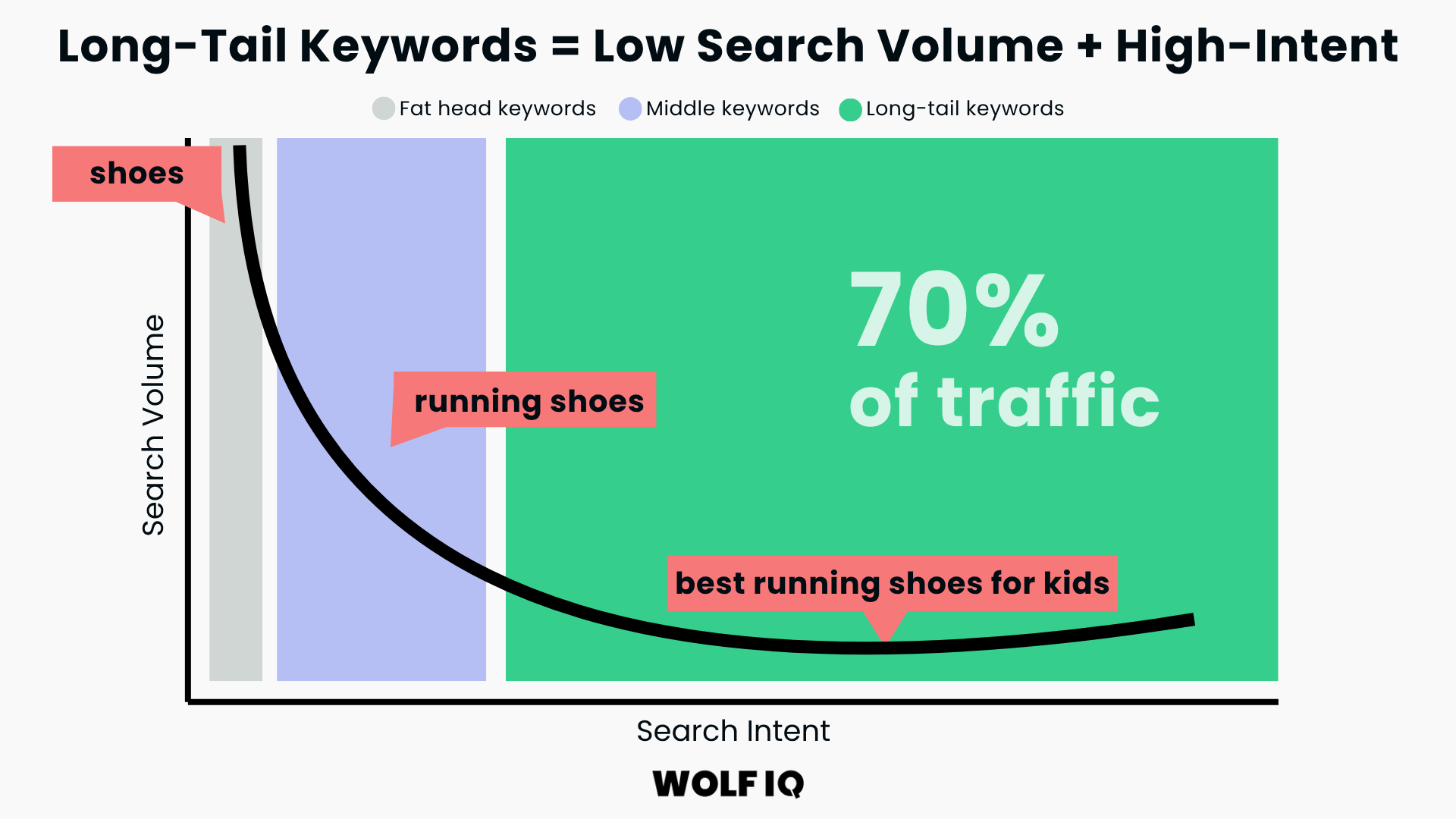
29. Optimise Meta Descriptions for Better Click-Through-Rate
What it is: Strategic optimisation of meta descriptions to improve click-through rates from search engine results pages by creating compelling, relevant summaries of page content.
Why it works: While meta descriptions aren't direct ranking factors, they significantly impact click-through rates from search results. Higher click-through rates can indirectly improve rankings and definitely increase traffic. Well-crafted meta descriptions act as advertising copy, convincing searchers to choose your result over competitors.
How to implement:
- Step 1: Audit current meta descriptions using tools like Screaming Frog or SEMrush
- Step 2: Write compelling descriptions under 160 characters that include target keywords
- Step 3: Include clear value propositions and calls-to-action
- Step 4: Incorporate Australian-specific terms or local references where relevant
- Step 5: Test and refine descriptions based on click-through rate performance
Tools you'll need: SEO audit tools, Google Search Console for click-through rate data, meta description testing tools
Pro tip: Include specific benefits or outcomes that Australian users care about. Terms like "Australian-owned," "local service," or "free Australia-wide delivery" can significantly improve click-through rates.
30. Create Topic Clusters
What it is: Content organisation strategy that groups related content around central topics, with pillar pages covering broad topics and cluster content addressing specific subtopics.
Why it works: Topic clusters help search engines understand your expertise and authority on specific subjects, which can improve rankings for related keywords. This approach also improves user experience by making it easier for visitors to find comprehensive information on topics they care about. Google's algorithm increasingly favors websites that demonstrate topical authority.
How to implement:
- Step 1: Identify 3-5 core topics central to your business and relevant to Australian audiences
- Step 2: Create comprehensive pillar pages that broadly cover each topic
- Step 3: Develop supporting cluster content that addresses specific aspects of each topic
- Step 4: Implement strategic internal linking between pillar pages and cluster content
- Step 5: Regularly expand clusters with new content and update existing pieces
Tools you'll need: Content planning tools, keyword research platforms, internal linking tools, analytics for performance tracking
Pro tip: Start with topics where you already have some content and expertise. Build comprehensive clusters gradually rather than trying to create everything at once.
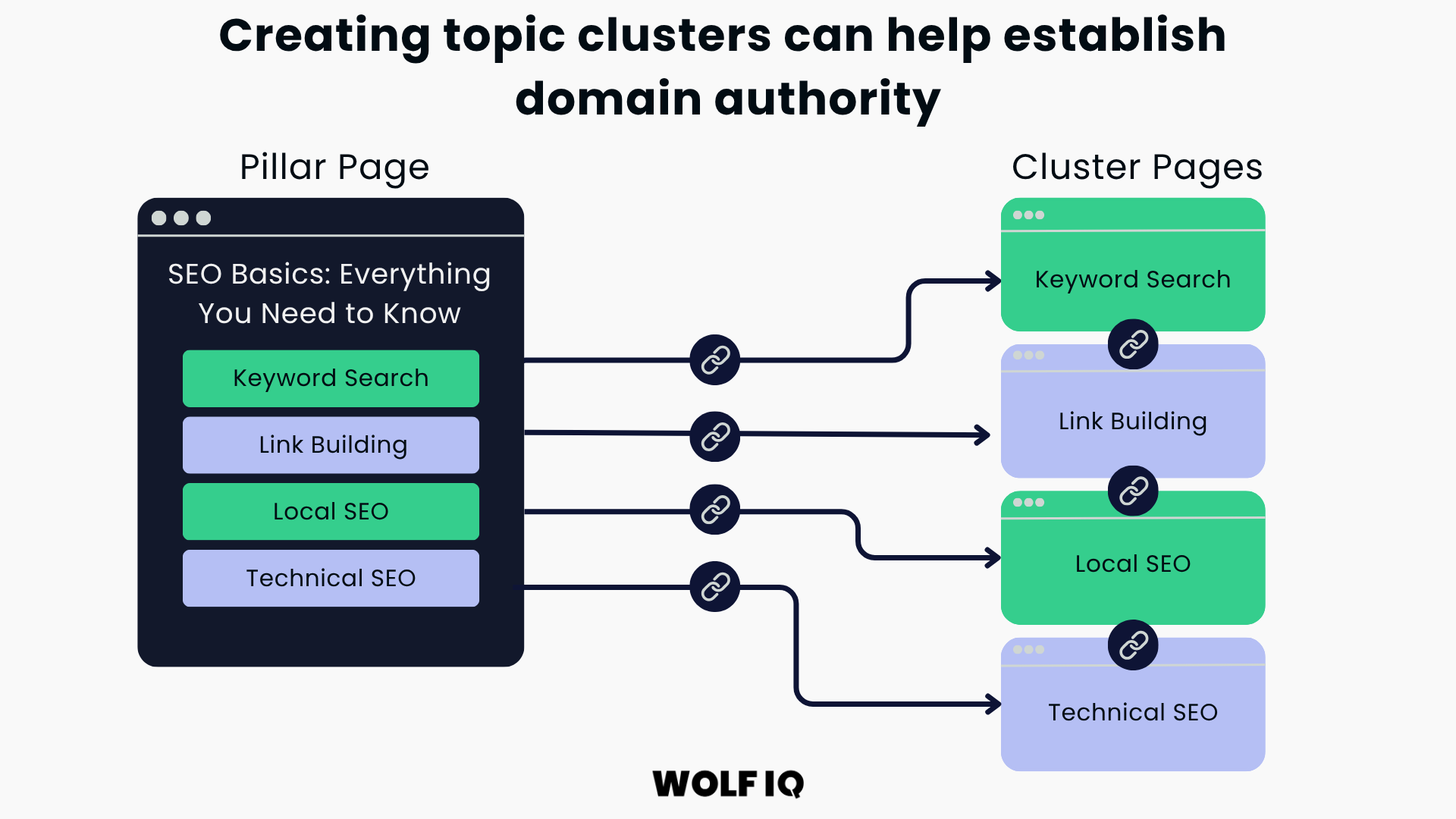
31. Refresh and Update Old Content
What it is: Systematic review and updating of existing website content to improve relevance, accuracy, and search performance.
Why it works: Search engines favor fresh, updated content. Refreshing old content can often provide better ROI than creating entirely new content, as you're building on existing authority and search presence. Updated content often sees immediate improvements in search rankings and traffic, especially when updates include current information, improved optimisation, and enhanced user value.
How to implement:
- Step 1: Audit existing content to identify pages with declining traffic or outdated information
- Step 2: Research current keyword opportunities and search trends for each piece
- Step 3: Update content with current information, statistics, and Australian market conditions
- Step 4: Improve SEO optimisation, internal linking, and calls-to-action
- Step 5: Update publication dates and promote refreshed content
Tools you'll need: Analytics platform, content audit tools, keyword research tools, content management system
Pro tip: Focus on refreshing your highest-traffic pages first, as improvements to these pages will have the greatest impact on overall website performance.

32. Optimise Your Site for AI
What it is:
AI-driven search and summarisation tools crawl your site to extract quick answers, featured snippets, and summary responses — often replacing the need for users to visit your website directly.
Optimising for AI means making your content more scannable, structured, and trustworthy to increase the chance your business gets cited, quoted, or linked by AI tools.
Why it works: AI systems rely heavily on content structure, clarity, and authority signals. Businesses that present clear, concise information with strong semantic structure (like headers, lists, FAQs, and schema) are far more likely to be surfaced in AI summaries. As more consumers use AI tools to research and decide, appearing in those summaries is the new front page of search.
How to implement:
- Step 1: Structure your content using clear H1-H3 tags, bullet points, and concise paragraphs
- Step 2: Add FAQ sections that answer customer questions in 1–2 sentence responses
- Step 3: Use schema markup (especially Article, FAQ, and LocalBusiness schemas)
- Step 4: Ensure every page has a clear topic focus and isn’t overly long or bloated
- Step 5: Get backlinks and mentions to improve perceived authority (AI models factor this in)
Tools you'll need:
- Schema generators (like TechnicalSEO)
- AI visibility tools like KeywordsInAI, AlsoAsked, and SurferSEO
- Google Search Console for performance insights
Pro tip: Write like you’re teaching a smart but busy reader. Short, structured, evidence-backed content is more likely to be quoted — not just ranked.
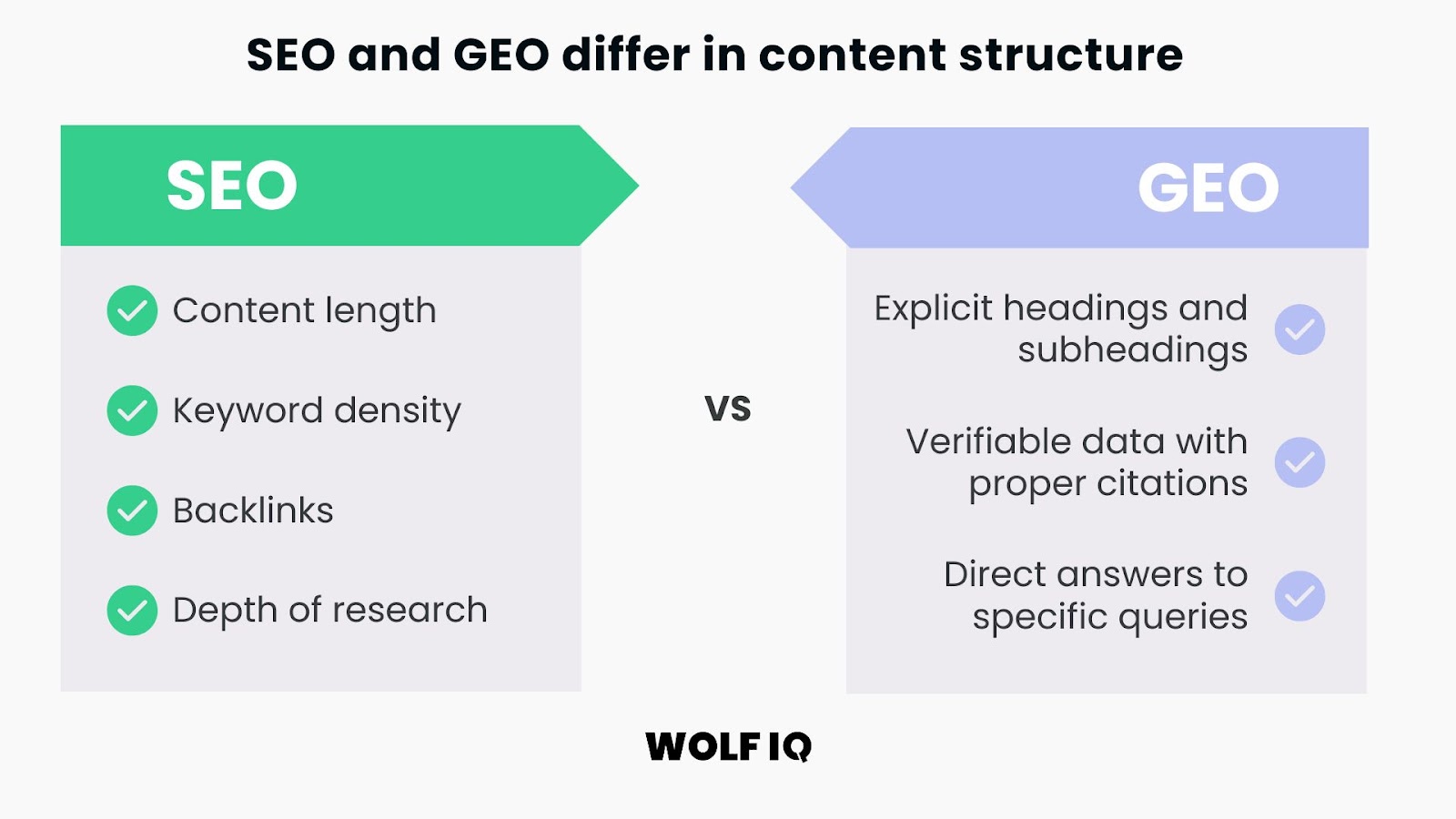
Section 4: Paid & Partnership Strategies
While organic strategies form the foundation of sustainable traffic growth, paid and partnership strategies can accelerate results and help you compete more effectively in crowded markets.
These strategies require financial investment but can deliver immediate results and provide valuable data to inform your organic efforts. They are the acceleration formula for things that are working.
For Australian SMBs, paid strategies offer particular advantages in reaching specific geographic markets and demographics while partnership strategies can leverage the collaborative business culture that's particularly strong in Australian markets.
33. Use Google Ads for Local Markets
What it is: Paid search advertising through Google's platform that displays your ads to users searching for relevant keywords, with sophisticated targeting options for Australian markets.
Why it works: Google Ads provides immediate visibility in search results and allows precise targeting of Australian audiences by location, demographics, and search intent. With proper optimisation, Google Ads can deliver strong ROI while providing valuable data about which keywords and audiences convert best for your business.
How to implement:
- Step 1: Set up Google Ads account and define clear campaign objectives and budgets
- Step 2: Research Australian-specific keywords and create targeted ad groups
- Step 3: Write compelling ad copy that addresses Australian audience needs and concerns
- Step 4: Set up location targeting for specific Australian cities, regions, or radius targeting
- Step 5: Implement conversion tracking and continuously optimise based on performance data
Tools you'll need: Google Ads account, keyword research tools, conversion tracking setup, analytics platform
Pro tip: Start with exact match keywords and gradually expand to phrases and broad matches as you gather performance data. Australian search patterns often differ from global trends, so let data guide your optimisation decisions.
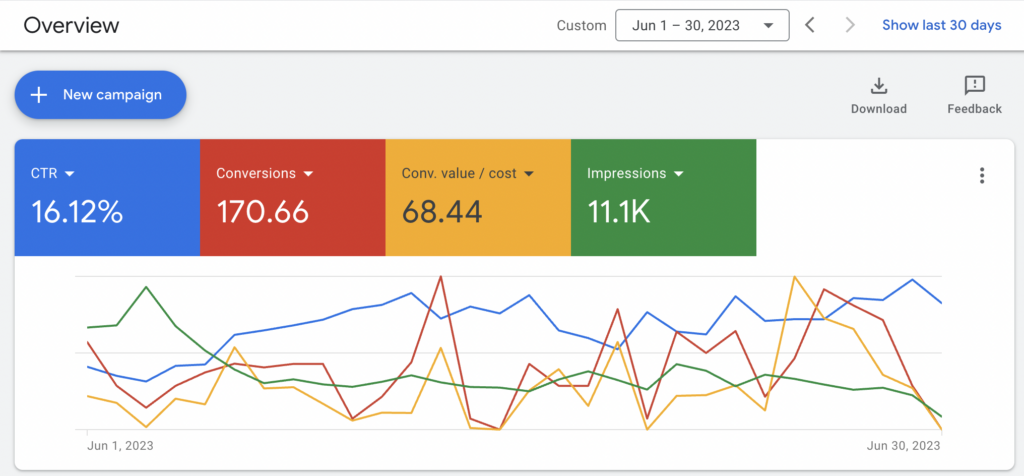
34. Start Advertising on Facebook and Instagram
What it is: Paid social media advertising across Facebook and Instagram platforms with sophisticated targeting options based on demographics, interests, behaviors, and custom audiences.
Why it works: Facebook and Instagram advertising allows you to reach Australian audiences based on detailed demographic and interest targeting that goes far beyond what's possible with search advertising. Visual content performs particularly well on these platforms, and Australian users show high engagement rates with local businesses and authentic content.
How to implement:
- Step 1: Set up Meta Business Suite and connect Instagram account
- Step 2: Define target audiences using Facebook's detailed targeting options
- Step 3: Create visually appealing ad creative that resonates with Australian audiences
- Step 4: Set up conversion tracking using Facebook Pixel
- Step 5: Test different ad formats, audiences, and creative variations
Tools you'll need: Meta Business Suite, Facebook Pixel, creative design tools, analytics platform
Pro tip: Use video content and authentic imagery featuring real Australian customers or locations. Australian audiences respond particularly well to genuine, unpolished content over highly produced advertising.

35. Use LinkedIn Ads for Targeted B2B Buyers
What it is: Targeted advertising on LinkedIn platform that reaches Australian business professionals based on job titles, industries, company size, and professional interests.
Why it works: LinkedIn advertising provides access to decision-makers and professionals who are often difficult to reach through other channels. Australian business culture values professional relationships and networking, making LinkedIn particularly effective for B2B marketing. The platform's targeting options allow precise audience definition based on professional criteria.
How to implement:
- Step 1: Set up LinkedIn Campaign Manager and define campaign objectives
- Step 2: Create detailed audience targeting based on Australian business demographics
- Step 3: Develop professional, value-focused ad creative and copy
- Step 4: Choose appropriate ad formats (Sponsored Content, Message Ads, Dynamic Ads)
- Step 5: Monitor performance and optimise based on engagement and conversion data
Tools you'll need: LinkedIn Campaign Manager, professional design tools, conversion tracking setup
Pro tip: Focus on providing value and building relationships rather than direct sales pitches. Australian business professionals respond better to educational content and thought leadership than aggressive promotional messaging.
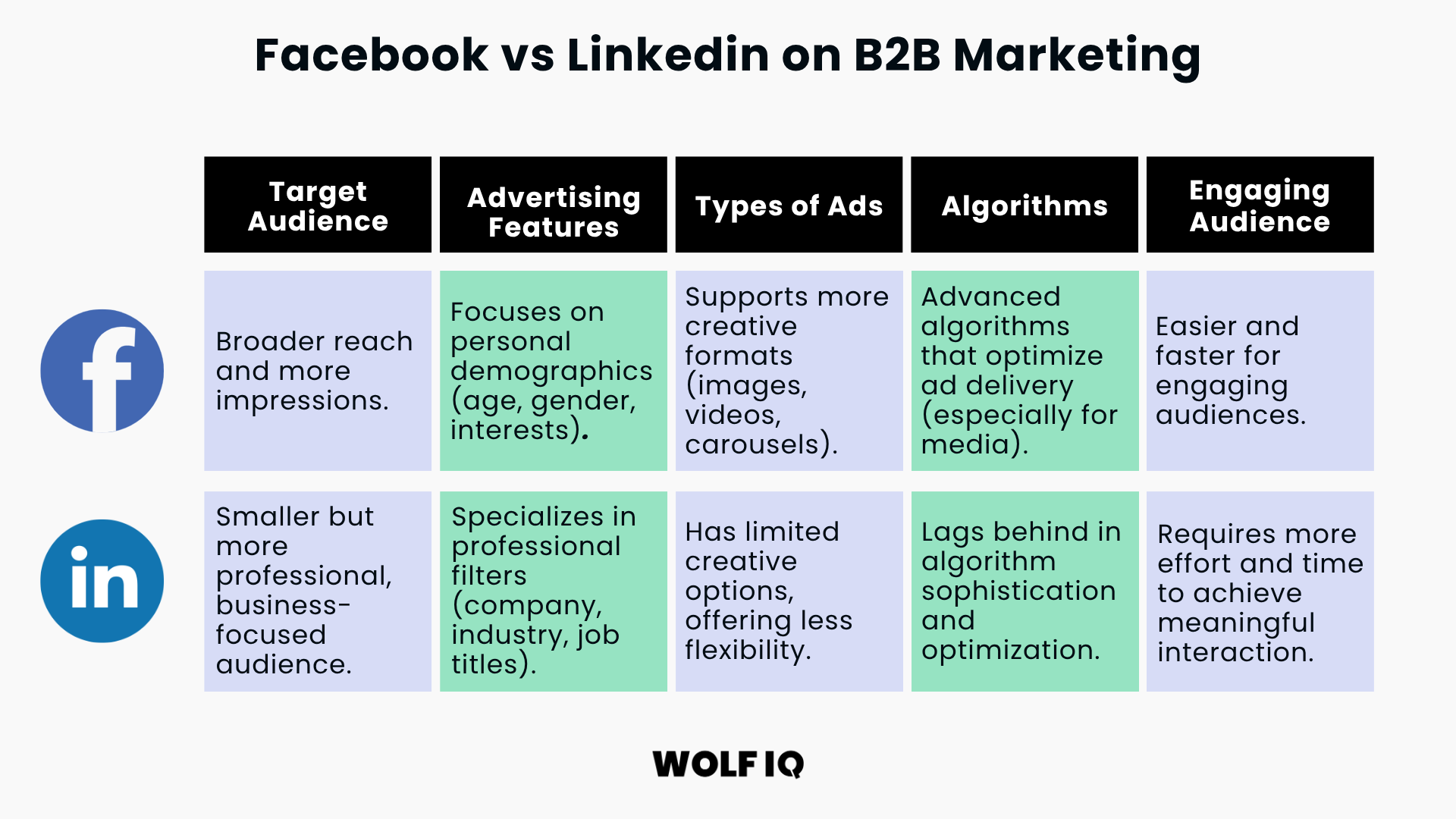
36. Develop Partnerships and Referral Programs
What it is: Mutually beneficial business relationships with complementary companies that involve cross-promotion, referrals, or joint marketing efforts to share audiences and drive traffic.
Why it works: Strategic partnerships allow you to access established customer bases while providing value to partner businesses. Australian business culture particularly values collaboration and mutual support, making partnership strategies often more successful than in other markets. Well-structured partnerships can provide consistent, high-quality traffic referrals.
How to implement:
- Step 1: Identify potential partners who serve similar customers but offer complementary services
- Step 2: Develop partnership proposals that clearly outline mutual benefits
- Step 3: Create formal agreements that specify traffic sharing, referral processes, and success metrics
- Step 4: Develop joint marketing materials and cross-promotional content
- Step 5: Monitor partnership performance and adjust strategies based on results
Tools you'll need: CRM system for tracking referrals, partnership agreement templates, collaboration tools
Pro tip: Focus on partnerships where you can provide genuine value to the partner's customers rather than just seeking traffic benefits. Successful partnerships are built on mutual value creation.
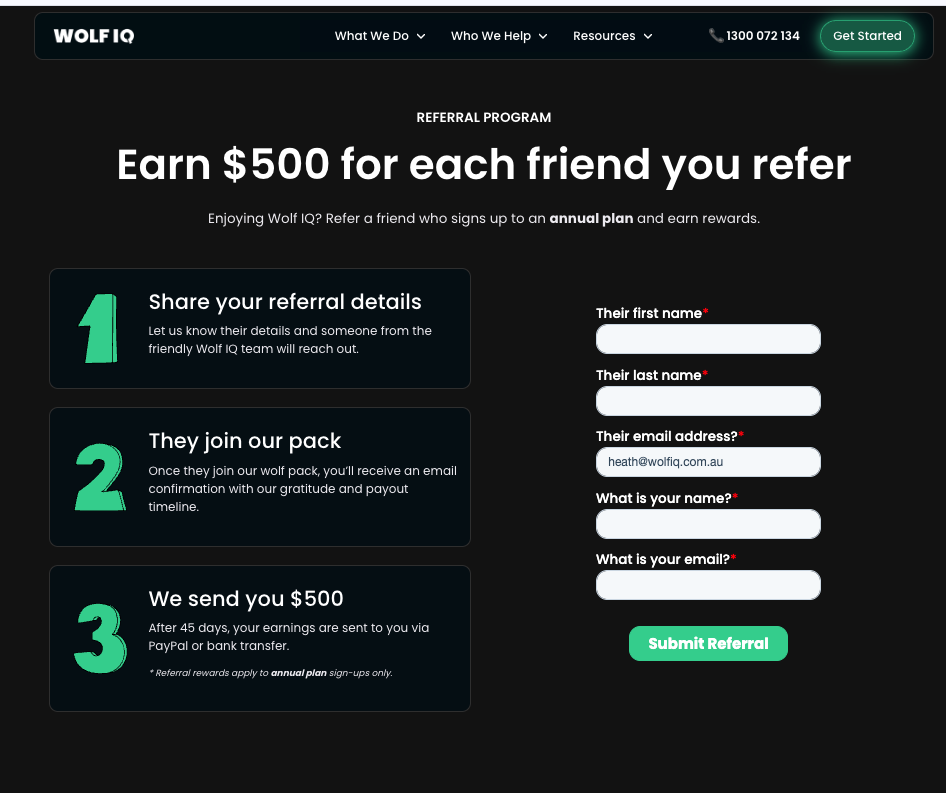
37. Create an Affiliate Program
What it is: A program that incentivises other businesses or individuals to promote your products or services in exchange for commissions on successful referrals or sales.
Why it works: Affiliate programs create a network of motivated promoters who drive traffic and sales on a performance basis, reducing marketing risk while expanding reach. Australian consumers often trust recommendations from people they know or follow, making affiliate marketing particularly effective when affiliates have established relationships with their audiences.
How to implement:
- Step 1: Define commission structure and affiliate terms that attract quality partners
- Step 2: Set up affiliate tracking system and payment processing
- Step 3: Create marketing materials and resources for affiliates to use
- Step 4: Recruit affiliates through industry networks, existing customers, and affiliate directories
- Step 5: Provide ongoing support and optimisation to help affiliates succeed
Tools you'll need: Affiliate tracking software, payment processing system, marketing materials creation tools
Pro tip: Focus on recruiting affiliates who genuinely use and believe in your products or services. Authentic endorsements perform significantly better than purely transactional promotional content.
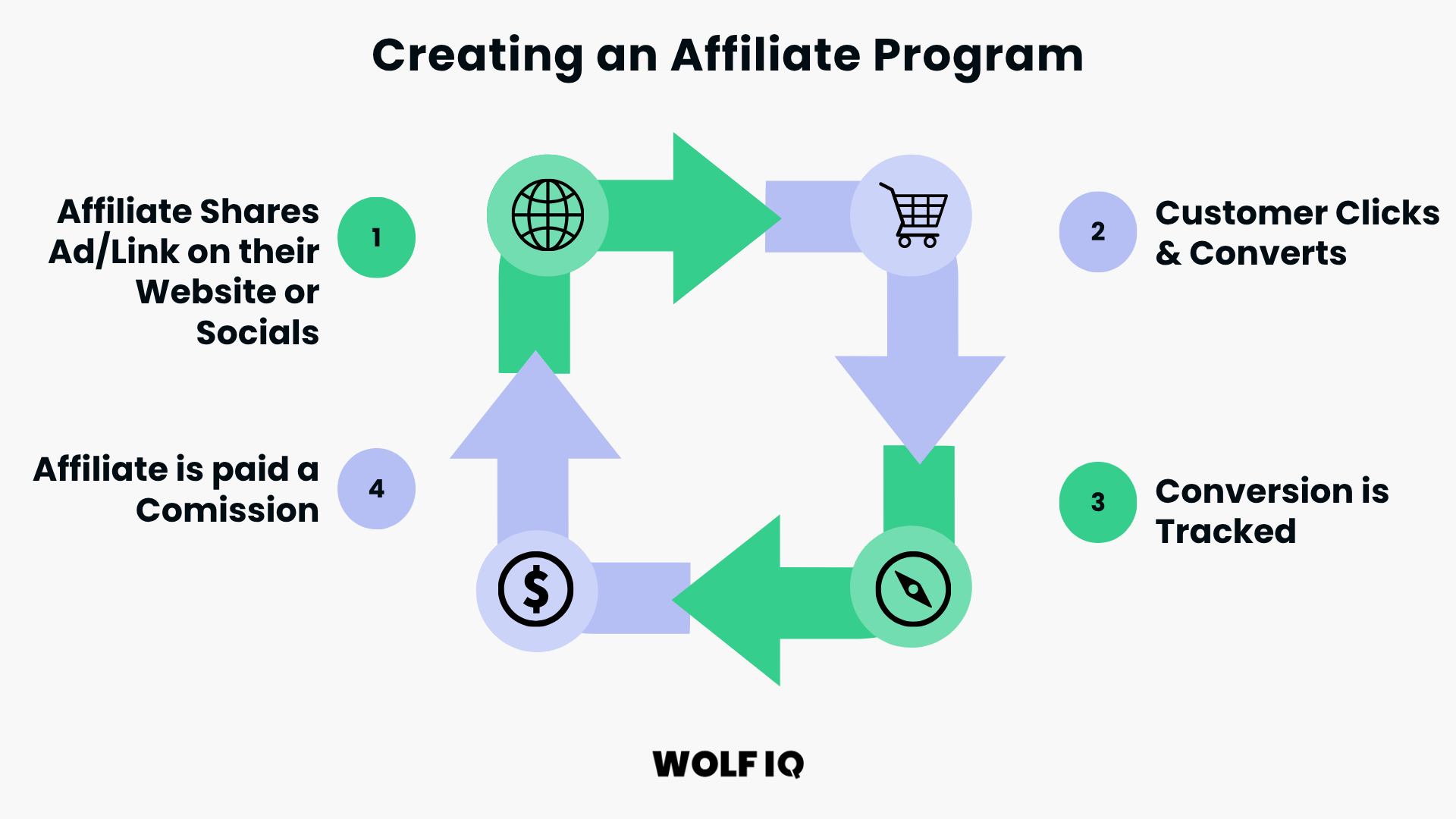
38. Get Influencers To Use and Promote Your Stuff
What it is: Partnerships with Australian social media influencers, bloggers, or content creators who promote your business to their established audiences in exchange for payment, products, or other compensation.
Why it works: Influencer marketing leverages the trust and relationships that influencers have built with their audiences. Australian influencers often have highly engaged local followings who value authentic recommendations. When done well, influencer partnerships can drive significant traffic while building brand awareness and credibility.
How to implement:
- Step 1: Identify Australian influencers whose audiences align with your target market
- Step 2: Research engagement rates and audience demographics to ensure quality partnerships
- Step 3: Develop collaboration proposals that provide value to both the influencer and their audience
- Step 4: Create clear agreements outlining deliverables, timelines, and compensation
- Step 5: Track traffic and conversions from influencer partnerships to measure ROI
Tools you'll need: Influencer research tools, collaboration management platforms, tracking and analytics tools
Pro tip: Focus on micro-influencers (10k - 100k followers) who often have higher engagement rates and more affordable partnership costs than mega-influencers, while still providing access to targeted Australian audiences.
.png)
Section 5: Advanced & Emerging Strategies
The strategies in this final section represent advanced techniques that can provide significant competitive advantages for businesses ready to push beyond standard marketing approaches.
These strategies often require more sophisticated implementation but can deliver exceptional results for businesses that execute them well. They are the next-level tactics for competitive advantage.
For Australian SMBs, these advanced strategies offer opportunities to compete with larger businesses by leveraging innovation, technology, and deep customer understanding to create unique value propositions and traffic generation methods.
39. Implement Conversion Rate Optimisation
What it is: Systematic testing and optimisation of website elements to increase the percentage of visitors who complete desired actions, effectively multiplying the value of your existing traffic.
Why it works: Conversion rate optimisation (CRO) can dramatically improve your return on all other traffic generation efforts. Even small improvements in conversion rates can significantly impact revenue and ROI. Australian users often have specific preferences and behaviors that differ from global patterns, creating opportunities for businesses that understand and optimise for these local nuances.
How to implement:
- Step 1: Analyze current conversion funnels and identify areas of high drop-off
- Step 2: Research Australian user behavior patterns and preferences
- Step 3: Develop hypotheses for improvements based on data and local insights
- Step 4: Implement A/B tests for key pages and conversion elements
- Step 5: Continuously test and refine based on results and new insights
Tools you'll need: A/B testing platforms (Optimizely, VWO), analytics tools, heat mapping software, user feedback tools
Pro tip: Focus on mobile conversion optimisation first, as Australian mobile usage is particularly high. Test Australian-specific elements like local payment options, trust badges, and cultural references.
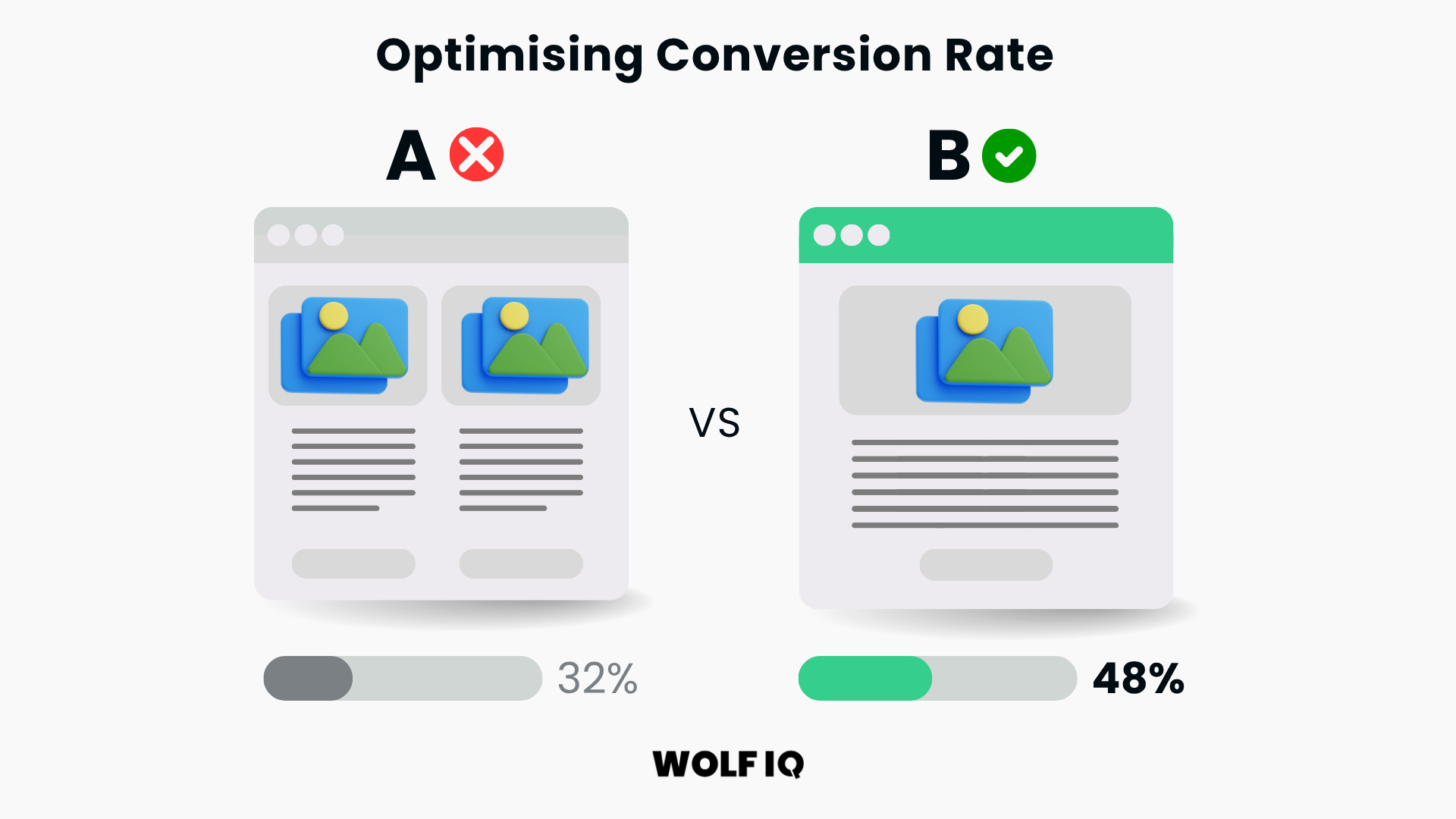
40. Retarget Visitors on Google and Facebook
What it is: Targeted advertising that reaches people who have previously visited your website but didn't convert, using cookies and tracking pixels to display relevant ads across various platforms.
Why it works: Retargeting capitalises on existing brand awareness and interest, typically achieving higher conversion rates than cold traffic campaigns. Most visitors don't convert on their first visit, so retargeting provides additional opportunities to engage them with relevant messaging and offers.
How to implement:
- Step 1: Install retargeting pixels on your website (Facebook Pixel, Google Ads tag)
- Step 2: Create audience segments based on visitor behavior and pages visited
- Step 3: Develop targeted ad creative that addresses specific visitor interests or concerns
- Step 4: Set up retargeting campaigns across Google, Facebook, and other relevant platforms
- Step 5: Monitor performance and adjust messaging based on audience response
Tools you'll need: Retargeting platforms (Google Ads, Facebook), pixel installation, creative design tools, analytics tracking
Pro tip: Create different retargeting messages based on how far visitors progressed through your conversion funnel. Someone who viewed pricing needs different messaging than someone who abandoned a shopping cart.
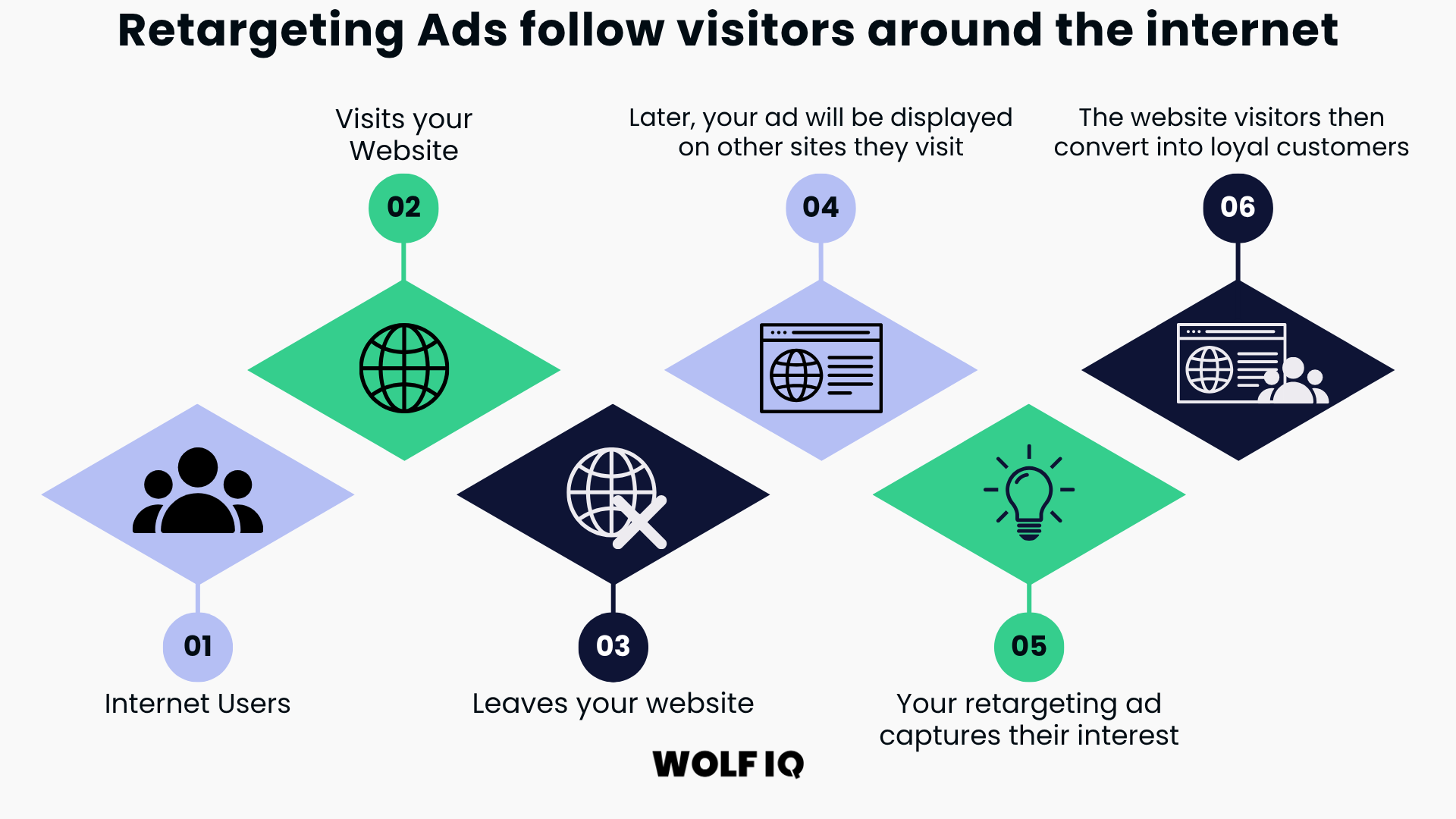
41. Leverage User-Generated Content
What it is: Marketing strategy that encourages customers to create and share content featuring your products or services, which you then leverage across your marketing channels to drive traffic and build trust.
Why it works: User-generated content provides authentic social proof while creating fresh content for your marketing efforts. Australian consumers particularly value authentic experiences and peer recommendations, making UGC especially powerful for building trust and driving traffic through social sharing and word-of-mouth marketing.
How to implement:
- Step 1: Create campaigns that encourage customers to share their experiences with your products or services
- Step 2: Develop branded hashtags and clear guidelines for content creation
- Step 3: Incentivise participation through contests, features, or rewards
- Step 4: Curate and share the best user-generated content across your marketing channels
- Step 5: Always credit creators and seek permission before using their content
Tools you'll need: Social media management tools, content curation platforms, hashtag tracking tools, design software for featuring UGC
Pro tip: Make it easy for customers to create and share content by providing clear instructions, branded templates, or simple participation methods. Focus on celebrating your customers rather than just promoting your products.
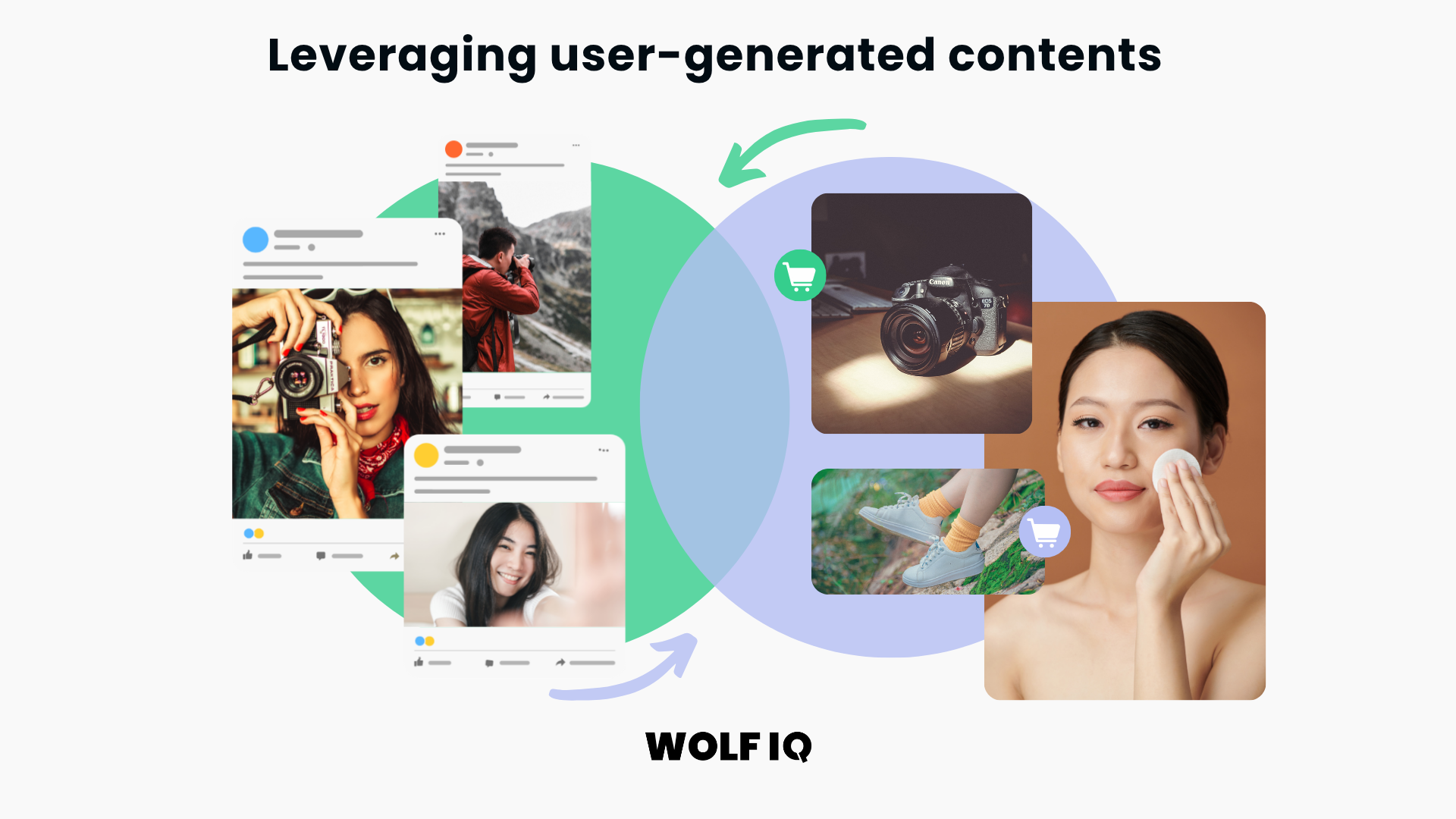
42. Create Interactive Content like Calculators
What it is: Content that requires active participation from users, such as quizzes, calculators, polls, interactive infographics, or assessment tools that provide personalised results or insights.
Why it works: Interactive content generates significantly higher engagement rates than static content and provides valuable data about user preferences and needs. It also creates shareable experiences that can drive viral traffic growth. Interactive content often has longer dwell times and higher conversion rates due to increased engagement.
How to implement:
- Step 1: Identify opportunities for interactive content that align with your audience's needs and interests
- Step 2: Choose appropriate interactive formats (quizzes, calculators, assessments, polls)
- Step 3: Develop content that provides genuine value while collecting useful data about participants
- Step 4: Ensure interactive content is mobile-optimised for Australian users
- Step 5: Promote interactive content across all marketing channels and encourage sharing
Tools you'll need: Interactive content creation platforms (Typeform, Outgrow, Interact), web development resources, analytics tracking
Pro tip: Focus on interactive content that solves real problems or provides valuable insights rather than just entertainment. Educational quizzes, ROI calculators, and assessment tools often generate the most qualified traffic.
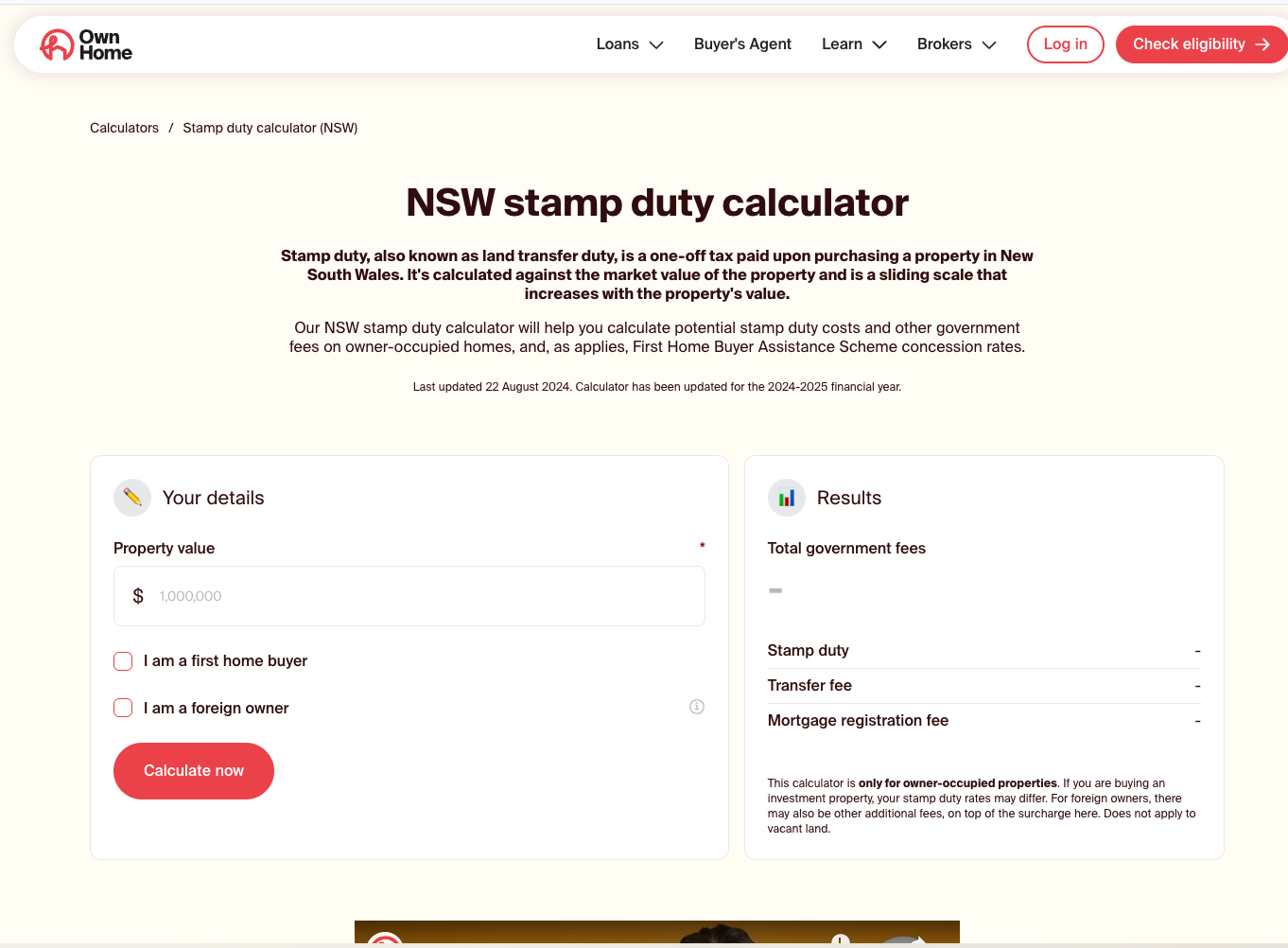
43. Get a Free Expert Website Audit
What it is:
Many leading web design and marketing agencies, including Wolf IQ, offer free website audits. These audits run your site through a range of performance, design, and SEO tools — revealing gaps and weak spots that might be costing you traffic, conversions, or credibility.
When a business requests a digital health check, we use automations and peer review for over 70 technical, UX, and conversion benchmarks. This often surfaces missed quick wins—like unindexed pages, weak CTAs, or Google Analytics not tracking real conversions.
Why it works: You’re leveraging the combined experience of agencies that have audited, rebuilt, and improved thousands of sites. They can often spot patterns, red flags, and hidden opportunities that would take you months to uncover on your own. This is a no-cost shortcut to decades of expertise.
How to implement:
- Step 1: Visit WolfIQ.com.au and request a free audit
- Step 2: Receive your audit — it usually includes speed tests, design feedback, SEO issues, conversion barriers, and more
- Step 3: Review the results and flag any high-impact issues
- Step 4: Decide whether to fix them yourself or hire the agency
- Step 5: Either way, use the audit to guide your next round of website improvements
Tools you'll need: Your email to request the audit and a decision-making framework to prioritise impact vs effort
Pro tip: The best agencies won’t just tell you what needs to be fixed — they’ll show you how to fix it. That’s where the real value is. Even if you don’t go ahead with them, you’ll walk away smarter.
Conclusion
The 43 strategies outlined in this guide provide a comprehensive roadmap for Australian small businesses and marketing leaders to build sustainable traffic growth while competing effectively in today's digital landscape.
Key takeaways for success:
- Start with fundamentals: The immediate wins in Section 1 provide the foundation for all other strategies. Focus on these first to establish strong basics before moving to more advanced tactics.
- Think local: Australian markets offer unique opportunities for businesses that understand local culture, regulations, and consumer behavior. Leverage your Australian identity as a competitive advantage.
- Be consistent: Traffic growth is a marathon, not a sprint. Consistent execution of proven strategies will always outperform sporadic bursts of activity.
- Measure and optimise: Use data to guide your decisions and focus resources on strategies that deliver the best results for your specific business and market.
- Build relationships: Australian business culture values authentic relationships and community involvement. Strategies that prioritise relationship-building often deliver the best long-term results.
Remember that not every strategy will be appropriate for every business. Use the rating system and your understanding of your audience to prioritise strategies that align with your resources, goals, and market position.
The digital landscape continues to evolve, but the fundamental principles of providing value, building trust, and understanding your audience remain constant.
The journey to traffic mastery begins with the first strategy you implement. Choose one, start today - and if you're looking for expert support along the way - Wolf IQ is here to help.
We’ve helped over 250 Australian businesses build high-performing websites, attract qualified leads, and grow with confidence. From web design and SEO to hosting and care plans, Wolf IQ is your dedicated partner in navigating the digital wild.
Call us on 1300 072 134 or book a free strategy session to see how we can help you get found, get trusted, and get chosen by your future customers.
Wolf IQ helps hundreds of businesses win online each month. We'd love to help.

Frequently Asked Questions on Website Traffic
1. How long does it take to see results from SEO for a small business website?
Most Australian small businesses see initial SEO improvements within 3-6 months of consistent optimisation efforts. Significant traffic increases typically occur after 6-12 months of implementing strategies like keyword optimisation, content creation, and local SEO. Quick wins like Google Business Profile optimisation can show results within days.
2. What is the fastest way to increase website traffic for free in Australia?
The fastest free method is optimizing your Google Business Profile completely, which can increase local visibility within 24-48 hours. Joining relevant Australian Facebook groups and engaging authentically can drive immediate referral traffic. Publishing compelling content on LinkedIn also generates quick B2B traffic for Australian businesses.
3. How much should Australian small businesses spend on Google Ads each month?
Start with $500-1500 monthly for Google Ads, depending on industry competition and local market size. This budget allows for proper keyword testing and optimisation in Australian markets. Regional businesses often need less budget than those competing in Sydney or Melbourne.
4. Which social media platform drives the most website traffic for Australian businesses?
Facebook consistently drives the most referral traffic for Australian small businesses, particularly through group participation and local community engagement. LinkedIn is most effective for B2B Australian companies, while Instagram works best for visual businesses targeting younger Australian demographics. The key is choosing platforms where your specific Australian audience is most active.
5. How often should small businesses publish blog content to increase traffic?
Publish blog content at least weekly to maintain consistent traffic growth. Publishing 2-3 high-quality posts per week is optimal for SEO benefits and audience engagement. Consistency matters more than frequency - monthly publishing is better than sporadic daily posts.
6. What are the best keywords to target for local Australian business traffic?
Target location-specific keywords combining your service with Australian cities or suburbs (e.g., "plumber Melbourne," "marketing agency Sydney"). Include Australian-specific terms like "near me," "local," and regional slang that resonates with your target market. Long-tail keywords with lower competition often provide better ROI for small businesses.
7. How do I optimise my website for mobile users in Australia?
Ensure your website loads in under 3 seconds on mobile devices, as Australian mobile internet can be slower in regional areas. Use responsive design that adapts to all screen sizes and implement touch-friendly navigation with buttons at least 44 pixels wide. Test your site on actual Australian mobile networks for real-world performance.
8. What is the most effective email marketing frequency for Australian small businesses?
Send email newsletters weekly or bi-weekly to maintain engagement without overwhelming Australian subscribers. Monthly emails work for B2B services, while retail businesses may benefit from 2-3 emails per week during peak seasons. Always provide valuable content rather than constant promotional messages.
9. How can Australian businesses use LinkedIn to drive website traffic?
Share valuable industry insights 3-4 times per week and engage meaningfully with others' content through thoughtful comments. Publish long-form articles addressing Australian business challenges and participate actively in relevant LinkedIn groups. Include clear calls-to-action directing readers to specific pages on your website.
10. What website speed is considered good for Australian businesses?
Websites should load in under 3 seconds on desktop and mobile to maintain good user experience and search rankings. Aim for Core Web Vitals scores in the "Good" range, with Largest Contentful Paint under 2.5 seconds. Use Australian-based hosting or CDN services to improve loading times for local users.
11. How do I get backlinks from other Australian websites?
Focus on building relationships with complementary Australian businesses and industry associations for natural link opportunities. Create valuable, shareable content like original research or comprehensive guides that other Australian sites want to reference. Guest posting on relevant Australian industry blogs and participating in local business directories also generates quality backlinks.
12. What content topics work best for Australian small business blogs?
Write about local industry trends, Australian business regulations, and seasonal considerations specific to your market. Address common customer questions and pain points with practical, actionable advice. Include location-specific content and case studies featuring Australian customers to improve local search visibility.
13. How much time should small business owners spend on social media for traffic?
Dedicate 30-60 minutes daily to social media activities, focusing on engagement rather than just posting. Spend 70% of time engaging with others' content and 30% sharing your own to build authentic relationships. Batch content creation weekly to maximise efficiency and maintain consistency.
14. What are the best free tools for Australian businesses to track website traffic?
Google Analytics 4 provides comprehensive traffic insights including Australian visitor demographics and behavior patterns. Google Search Console shows how your site performs in Australian search results and identifies optimisation opportunities. Google Business Profile Insights tracks local search performance and customer actions.
15. How do I compete with larger businesses for website traffic in Australia?
Focus on local SEO and community engagement where larger businesses often lack personal connection with Australian markets. Target long-tail keywords with lower competition and create highly specific, locally-relevant content. Build authentic relationships through local partnerships and community involvement that larger competitors cannot replicate.
16. What is the best day and time to post content for Australian audiences?
Post on LinkedIn Tuesday-Thursday between 9-11 AM AEST for maximum B2B engagement from Australian professionals. Facebook content performs best Tuesday-Thursday between 1-3 PM AEST when Australians check social media during lunch breaks. Instagram posts get highest engagement Wednesday-Friday between 6-8 PM AEST during evening browsing time.
17. How do I optimise my Google Business Profile for maximum traffic?
Complete every section including business description, services, hours, and contact information with Australian phone numbers and addresses. Upload at least 10 high-quality photos showing your business, team, and location, and respond to all customer reviews professionally and promptly. Post weekly updates about offers, events, or business news to maintain active engagement.
18. What conversion rate should Australian small business websites aim for?
Websites should target 2-5% conversion rates, with e-commerce sites aiming for 1-3% and service businesses targeting 3-7%. B2B websites often see 1-3% conversion rates due to longer sales cycles. Focus on improving user experience and clear calls-to-action rather than just driving more traffic.
19. How do I create content that ranks well in Australian search results?
Include Australian spelling (e.g., "optimise" not "optimize") and local terminology that resonates with Australian searchers. Reference Australian locations, regulations, and cultural context throughout your content naturally. Target keywords that include Australian cities, regions, or phrases like "Australia," "Aussie," or "local" when relevant.
20. What are the most common website traffic mistakes Australian small businesses make?
Focusing only on Sydney and Melbourne while ignoring regional Australian markets with less competition and high intent. Neglecting mobile optimisation despite 60%+ of Australian traffic coming from mobile devices. Using international examples and case studies instead of Australian-specific content that resonates with local audiences.

.png)
.png)





.png)
.png)
.png)

.png)
.svg)
.svg)
.svg)

